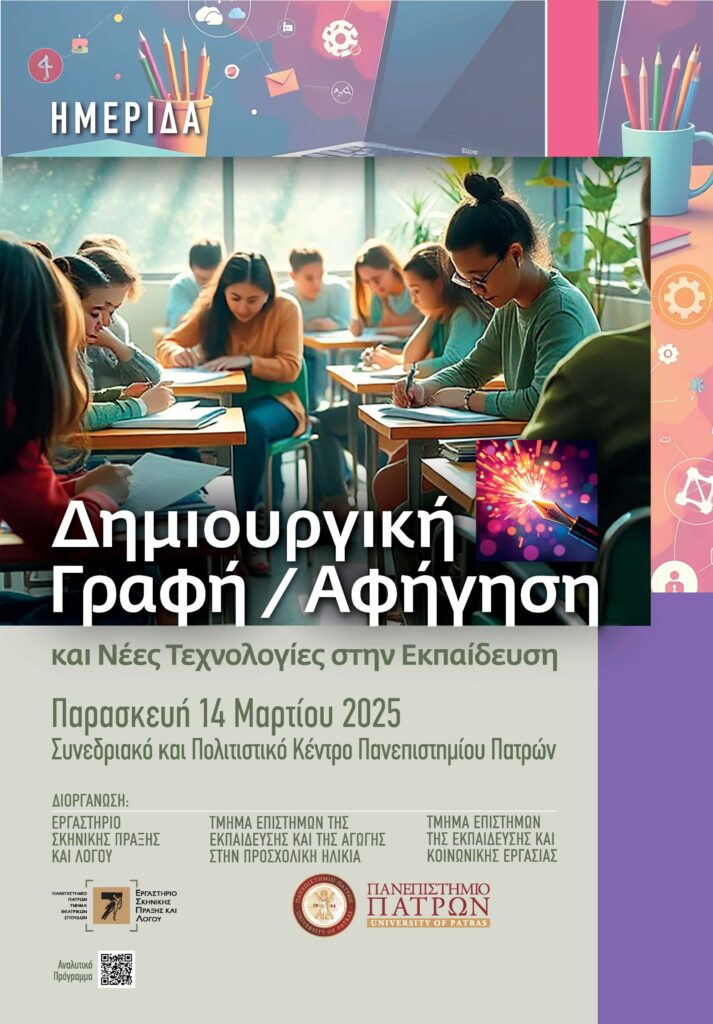
Conference
Co-organized by the:
The Laboratory of Drama and Speech (ESPLO) Department of Theatre Studies
Sciences of Pre-school Education and Training (TEEAPI) and
Education and Social Work Sciences (T.E.P.E.K.E.)
of the University of Patras
Friday 14/03/2025
Conference and Cultural Center of the University of Patras
Conference topics
1st Session. 9:30-10:45 Creative Writing/Storytelling Today
2nd Session. 11:15-12:15 Creative Writing/Narrative in Teaching and Use of Audiovisual Media
3rd Session 12:15-13:15 The Hero’s Journey: The Path to Purification
4th Session 14:30-15:45 Creative Storytelling at School
Parallel Session – Workshop
5th Session 16:15 – 17:30 Creative Writing/Narrative and New Technologies in Educational Practice
Discussion with the audience
The challenges of the 21st century have created a new competency framework indicating the need for participatory culture and connectivity among individuals and their communities. The mission of education is not only the provision to the citizens of knowledge and skills but also the development of expressive abilities, creativity, cooperation in small or large groups, self-regulation, development and transformation of their identity, adapting learning according to the circumstances. Thus, learning is the result of a continuous process of changes in cognitive structures, where the role of the social and cultural environment is important and constitutes the context in which, through mental and material artefacts, the learning process and activity are displayed. In transforming our identities (Mezirow, 2009; Kegan, 1982), we also build our perceptions of ourselves, and we perceive our existence, understood as a whole and as an expression of a personal history that unfolds and evolves (Polkinghorne, 1988). Culture forms fluid identities that unfold from interactions and everyday conversations (Burr, 2015).
Creative storytelling provides personal and collective identifications and projections (Bettelheim, 1995) for the transmission of culture, values, knowledge and traditions that can also inspire change.
The stories often explore social issues, challenge the rules and propose alternatives, igniting creativity towards positive progress. They create a favorable environment in education that enhances skill development and make knowledge more attractive and more efficient. They constitute an outlet for expression and provide the possibility of liberation of students which is like a game with elements of imagination, search, curiosity, experimentation or action, creating a more playful entertainment environment that offers originality and development (Karakitsios, 2012).
The Education Policy Institute has included creative writing in all of its classes of secondary schools, while at the same time recommending to teachers the use of creative writing pedagogy elements and their theoretical framework (Kotopoulos et al., 2021). Through creative writing and storytelling, students can meet other cultures, enter imaginary worlds and face various challenges and situations (Bruner, 1991). The adventure is a series of unexpected events involving a sudden change in circumstances of a story and described through storytelling, the art of communicating ideas, beliefs, feelings and experiences in an engaging and attractive way (Lampropoulou, 2024). Narrative speech presupposes the ability to understand and synthesize various forms of texts (written speech, images, multimedia, etc.), as well as embedding and maintaining meanings within the narrative (Humphries et al., 2004). “Narrative intelligence” and “narrative literacy”, functional skill and critical intake and synthesis of narratives, involve intrinsic cognitive processesb of understanding and interpretation of man and the world.
Narrative thinking refers to the cognitive process through which individuals understand the world by constructing and interpreting stories or narratives. It involves the organization of information, facts, and experiences into a coherent and meaningful narrative structure and gives organization to our experiences, that is, to events and our relationship to them, and meaning to social reality by narrating human action. It also refers to personal, cultural, historical, and fictional narratives that may coexist within the same story. Storytelling and narrative thinking are a natural human need and ability to archive experiences into classes for better comprehension and making sense, as well as for building bridges as transitions from the individual to the community. Narratives are used to understand personal life stories, interpret historical events, and navigate social interactions. They serve as a framework for organizing and interpreting information, shaping perceptions, or influencing people’s beliefs and behaviors. Our ability and desire for storytelling is linked to the decision-making process regarding the characters of a story as well as what remains in the story (Tsitsiridis, 2010) so that it makes sense to the audience.
Stories are considered a vital way to make sense of our lives (Bruner, 1991). Through narratives we understand and remember events, communicate, and create meaning from our experiences. During narrative thinking, structure is imposed on these events and experiences, causal relationships are identified and meaning and significance are attributed to them. Mental frames or schemas are created that help us interpret new information and integrate it into our pre-existing knowledge and beliefs. In this context, the interdisciplinary Curriculum for Creative Narrative (Kiosses, 2019) with specific pedagogical methodologies and techniques (Lampropoulou, 2024) is necessary, as these skills are not cultivated exclusively through the teaching of language.
Students are looking for new and engaging ways to compose stories in authentic learning environments. Digital stories can be stored or published online, allowing people to review, critique, and discuss them, thus enhancing their educational value and longevity. The inclusion of fairy tales in the curriculum, especially in the younger grades of primary school, can act as a bridge for the transition from the everyday language and extracurricular experiences of children to the language of the different subjects that will be taught in school (Sakelariou, 2024).
Creative writing and storytelling are means of expressing ideas, emotions and experiences, functioning as a form of communication that transports people to different worlds, in order to provoke, inspire or convey ideas through different media, such as written literature, oral traditions, visual arts, theatre, television, cinema, the internet, multimedia, etc. Fterniati (2011), in her research on the processing of multimodal texts in primary school, states that the effort to develop students’ multimodal communication skills is not systematic and in-depth, because it is not adequately supported by corresponding materials and procedures for processing multimodal texts in the classroom. New technologies with multimodal multimedia creation tools and intermedia applications act as motivation reinforcers for students and improve their digital skills, as well as the new 7Cs skills (creativity, communication, collaboration, critical thinking, citizenship, culture and connectivity as a digital skill). According to Bratitsis (2015), digital storytelling is the combination of traditional, oral storytelling with multimedia and communication tools that combine different types of multimedia material, including images, text, video, etc., audio narration and music, with the aim of telling a short story.
Creative writing constitutes a cognitive subject and its teaching very often involves two complementary elements: the act of writing (creatively) and the act of critically thinking about the act of writing and its results (Kotopoulos, 2012). Creative writing and storytelling support all students so that they externalize thoughts, feelings and experiences as well as to participate in stories with the characteristics, experiences and interests of their classmates. The aim is to engage students and cultivate their imagination, freeing them from an environment of stressful activity (Soulas, 2019). Thus, creative writing and storytelling provide the framework for supporting and developing interdisciplinary and conceptual reframing, visibility and self-expression of all students, diversity, inclusion and interculturality (Nikolaou, 2005), constructive feedback, metacognition and reflection on self-esteem, self-esteem itself and autonomy. During these activities, students develop a sense of discovery and creative euphoria and are transported to a different, non-stressful reality where they can explore themselves and the world.
Bibliography
Bettelheim, B. (1976) The Uses of Enchantment: The Meaning and Importance of Fairy Tales. Knopf, New York, NY, USA.
Bruner, J. (1991). The Narrative Construction of Reality. Critical Inquiry, 18, 1-21.
Burr, V. (2015) Social Constructionism. Third edition. London: Routledge.
Humphries, T., Cardy, J. O., Worling, D. E., and Peets, K. (2004). Narrative comprehension and retelling abilities of children with nonverbal learning disabilities. Brain and Cognition. 56, 77–88.
Kegan, R. (2007). Ποιο σχήμα μετασχηματίζει; Μία δομο-αναπτυξιακή προσέγγιση στη μετασχηματίζουσα μάθηση. Στο Mezirow, J. (2007), Η Μετασχηματίζουσα Μάθηση. Αθήνα: Μεταίχμιο.
Καρακίτσιος Α. (2012). Δημιουργική Γραφή: μια άλλη προσέγγιση της λογοτεχνίας ή η επιστροφή της Ρητορικής; ΚΕΙΜΕΝΑ για την έρευνα, τη θεωρία, την κριτική και τη διδακτική της Παιδικής και Εφηβικής Λογοτεχνίας. Ανάκτηση από το διαδίκτυο:
https://doi.org/10.26253/heal.uth.ojs.kei.2012.542
Kiosses, S. (2019). Fostering creative literacy: theoretical conditions and pedagogy. European Journal of English Language, Linguistics and Literature, 6(2), 18-25.
Κωτόπουλος Τ. Η. (2012). Η Nομιμοποίηση» της Δημιουργικής Γραφής. ΚΕΙΜΕΝΑ για την έρευνα, τη θεωρία, την κριτική και τη διδακτική της Παιδικής και Εφηβικής Λογοτεχνίας, 15. https://doi.org/10.26253/heal.uth.ojs.kei.2012.543
Kotopoulos, T.Η., Iakovidou, S. & Koumasidis, I. (2021) The Long Shadow of the Local Canon: Historical and Pedagogical Influences on Creative Writing in Greece. In M. Moore, & S. Meekings (Eds.), The Place and the Writer: International Intersections of Teacher Lore and Creative Writing Pedagogy (pp. 59-74). Bloomsbury Academic. 159-171.
Λαμπροπούλου, Ν. (2024). Η Δημιουργικότητα και η Δημιουργική Αφήγηση στην Εκπαίδευση: 9 Βήματα για Συνειδητοποίηση και Δράση. Αθήνα: Γρηγόρη.
Μπράτιτσης, Θ. (2015). Ψηφιακή Αφήγηση και Αντεστραμμένη Διδασκαλία: Εναλλακτικές μορφές αξιοποίησης ψηφιακού περιεχομένου στην εκπαίδευση. Ημερίδα «Αξιοποίηση Ψηφιακού Εκπαιδευτικού Περιεχομένου στη Δευτεροβάθμια Εκπαίδευση». Πρέβεζα, 29 Απριλίου 2015.
Mezirow, J. (2007), Η Μετασχηματίζουσα Μάθηση. Αθήνα: Μεταίχμιο.
Νικολάου, Γ., (2005). Διαπολιτισμική Διδακτική. Το νέο περιβάλλον – Βασικές αρχές. Αθήνα: Ελληνικά Γράμματα.
Polkinghorne, D. E. (1988). Narrative knowing and the human sciences. State University of New York Press.
Σακελλαρίου, Α. (2024). Διδακτική της Ελληνικής Γλώσσας με Έμφαση στα Κειμενικά Είδη [Προπτυχιακό εγχειρίδιο]. Κάλλιπος, Ανοικτές Ακαδημαϊκές Εκδόσεις. http://dx.doi.org/10.57713/kallipos-986
Σούλας, Α. (2019). Διδασκαλία των Ανθρωπίνων Δικαιωμάτων στην Εκπαίδευση: Απόψεις εκπαιδευτικών πρωτοβάθμιας εκπαίδευσης. (Δημοσιευμένη πτυχιακή εργασία, Πανεπιστήμιο Δυτικής Μακεδονίας, 2019).
https://dspace.uowm.gr/xmlui/bitstream/handle/123456789/1392/Soulas%20Angelos.pdf?sequence=1
Τσιτσιρίδης, Σ. (2010). «Ο αριστοτελικός ορισμός της τραγωδίας». Ελληνικά 60.1: 25-61.
Φτερνιάτη. Ά. (2011). Τα πολυτροπικά κείμενα και η επεξεργασία τους στο γλωσσικό μάθημα του Δημοτικού Σχολείου. Στο: Μ. Πουρκός και Ε. Κατσαρού (Επιμ.) Βίωμα, Μεταφορά και Πολυτροπικότητα. Εφαρμογές στην Επικοινωνία, την Εκπαίδευση, την Μάθηση και την Γνώση (σσ. 604-625). Θεσσαλονίκη: Νησίδες.
Photos of the conference:
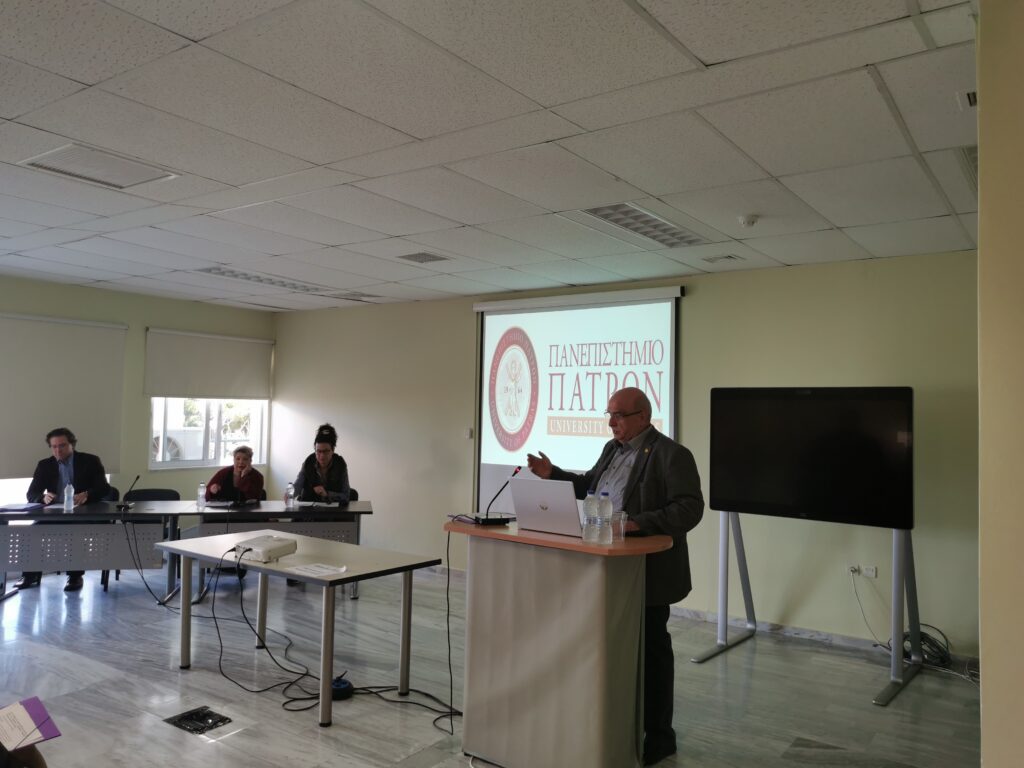
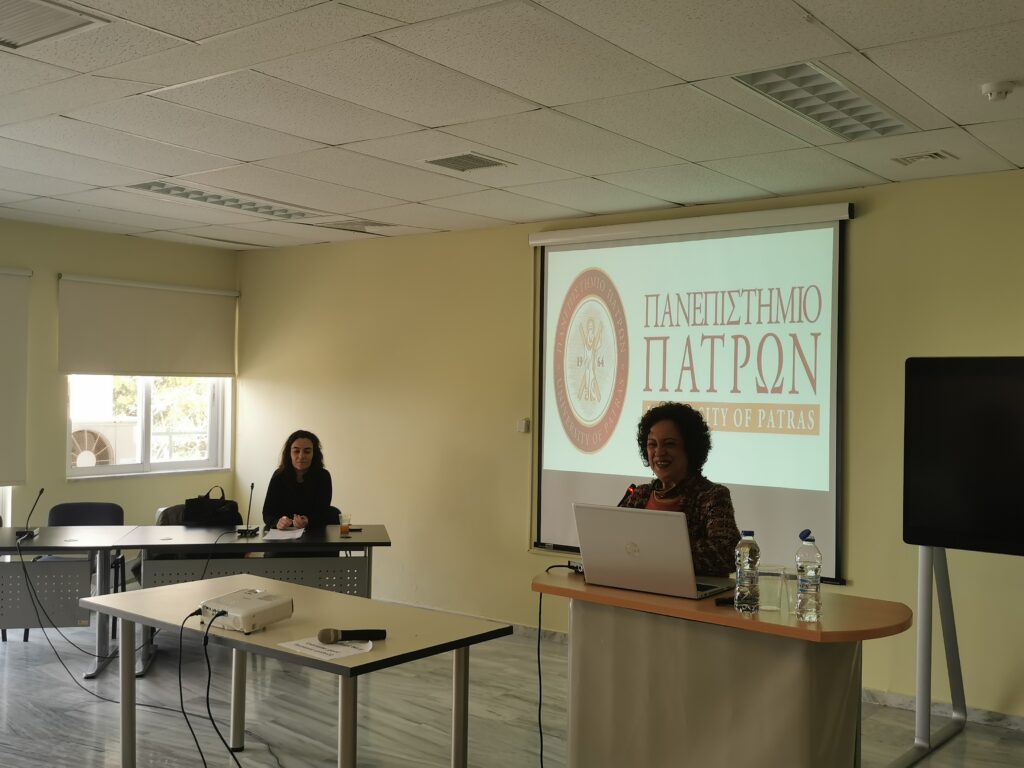
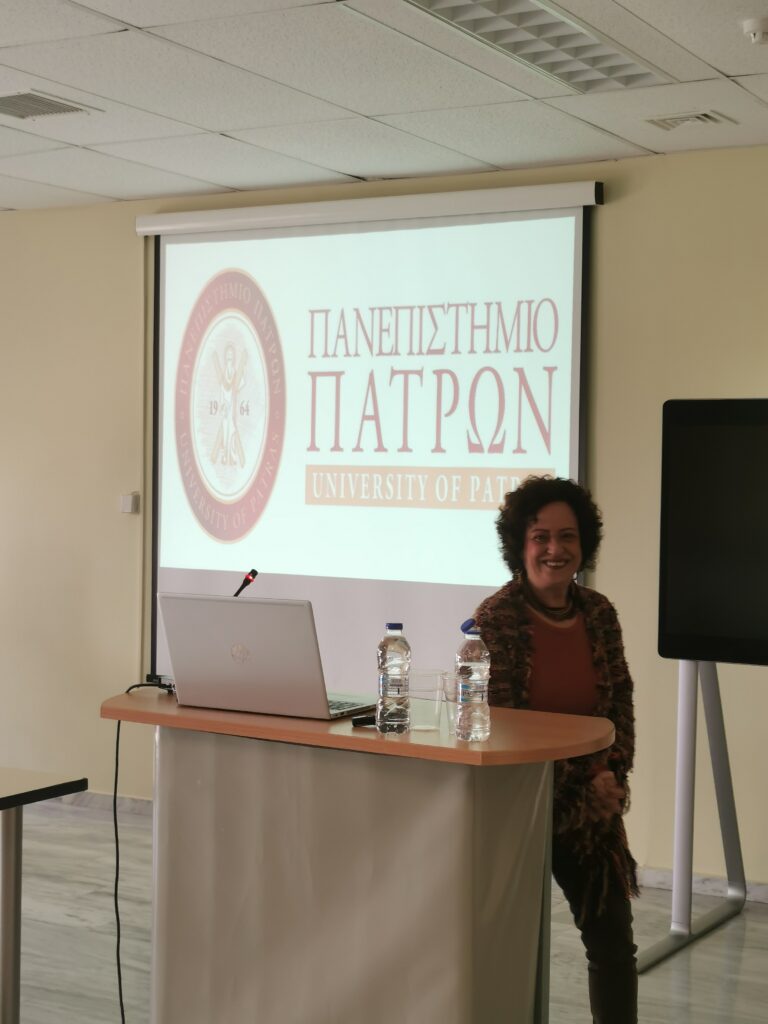
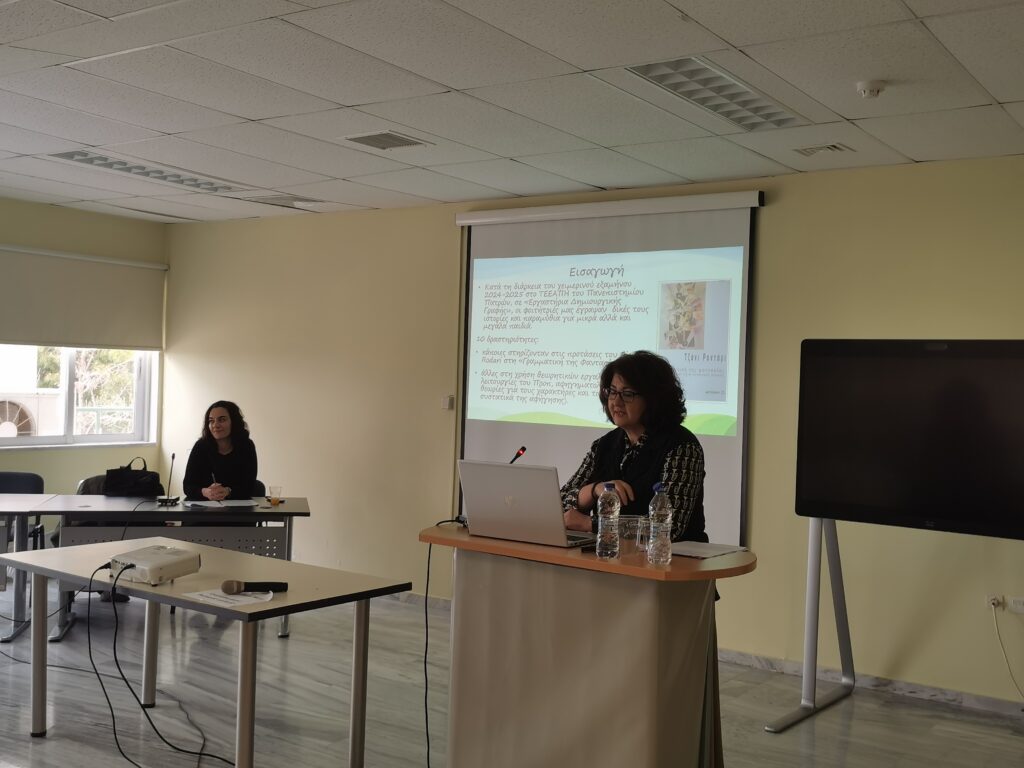
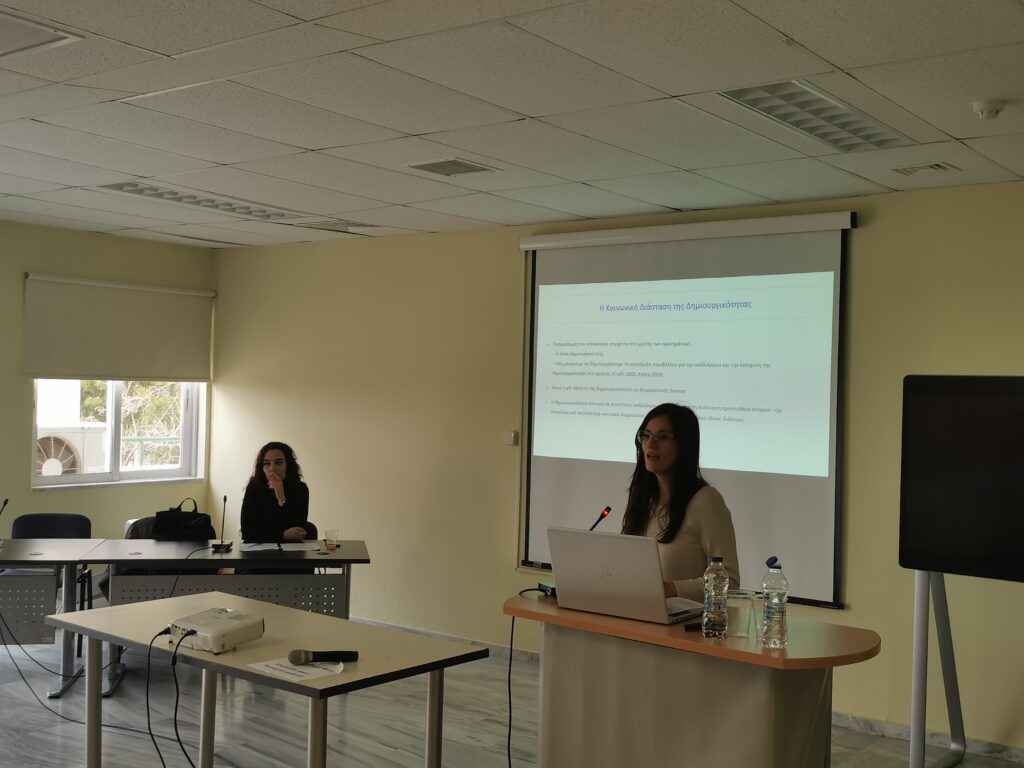
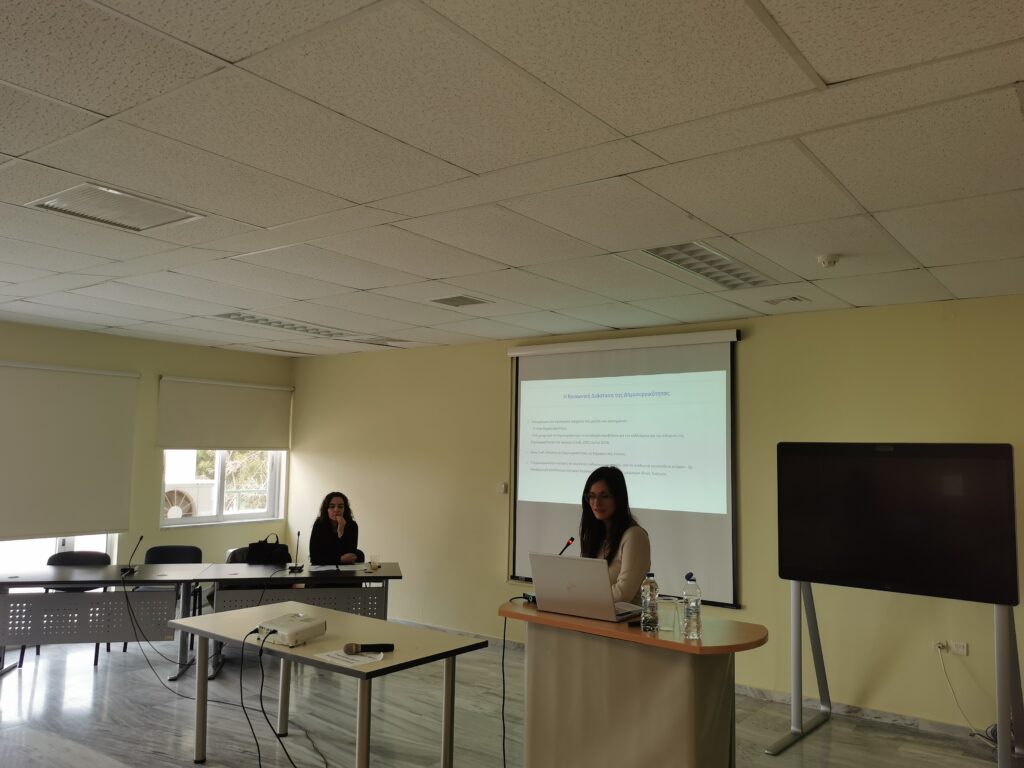
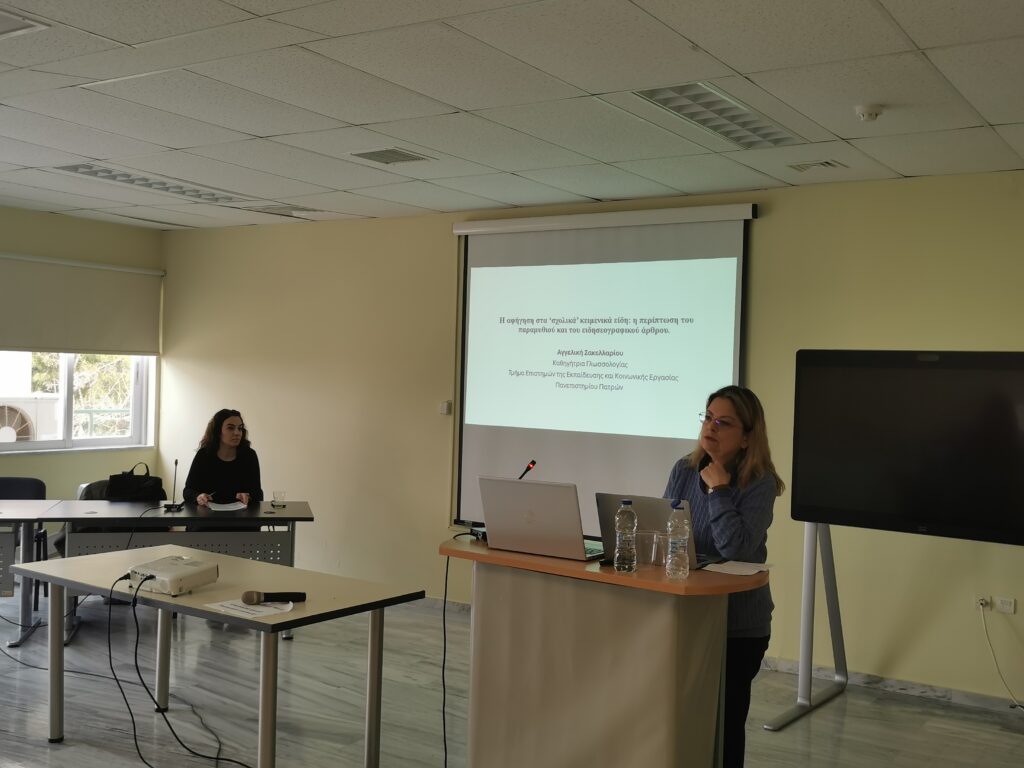
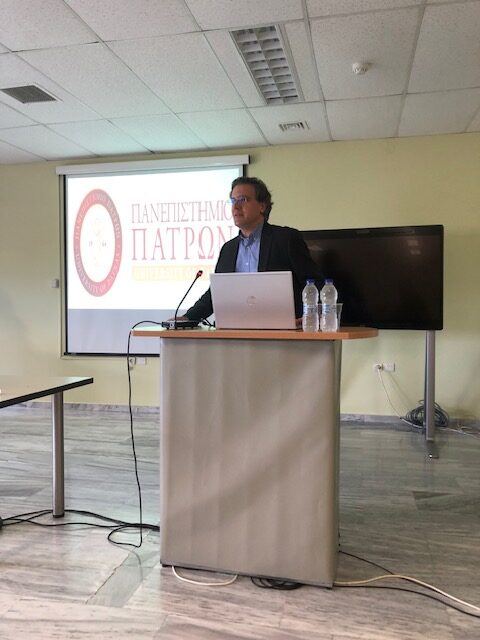
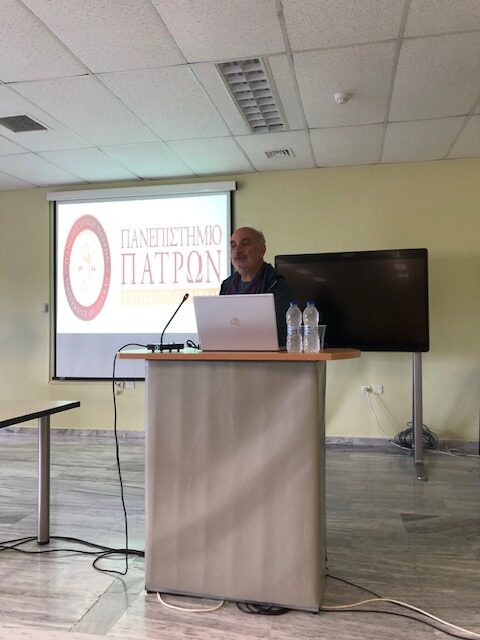
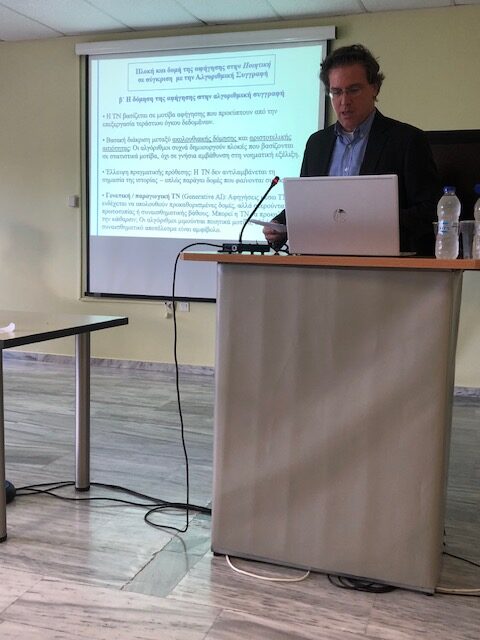
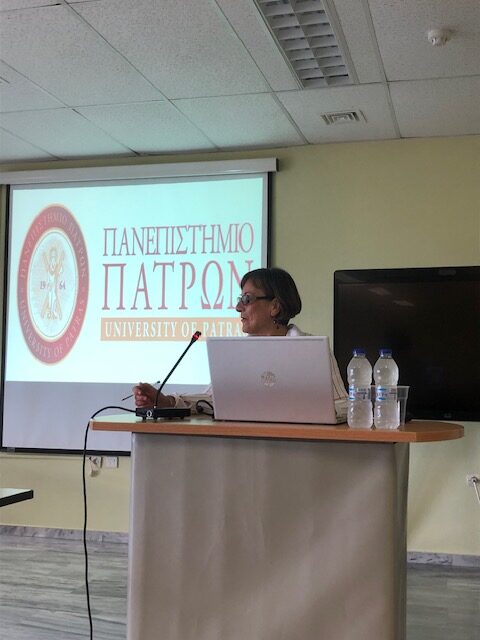
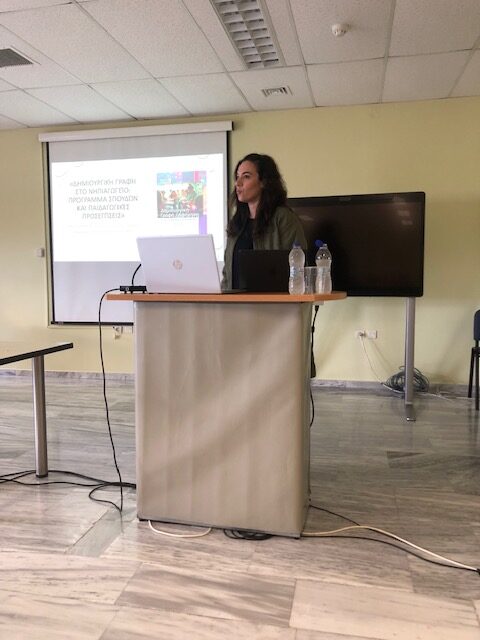
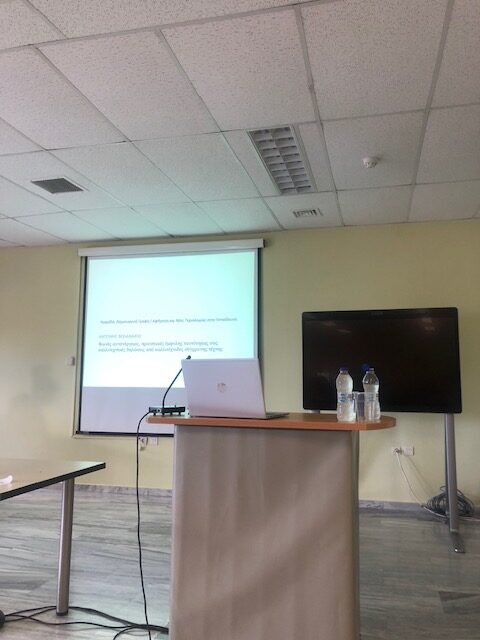
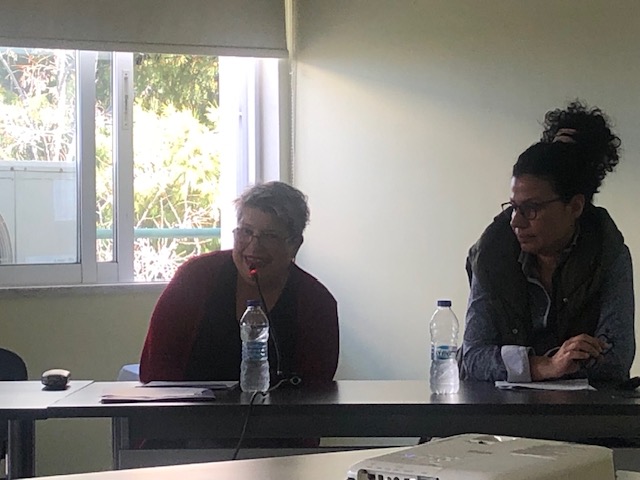
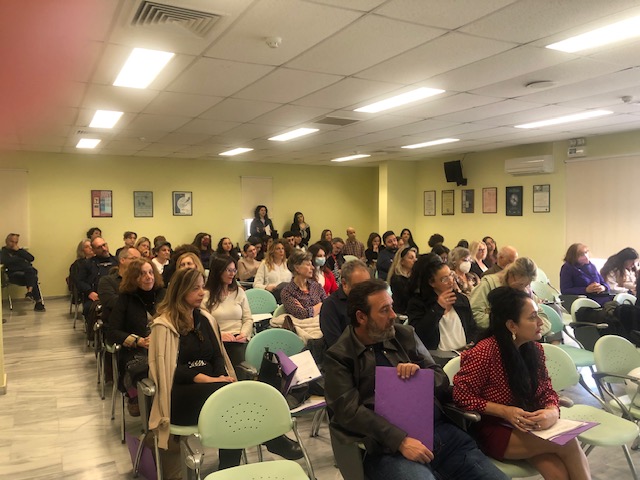
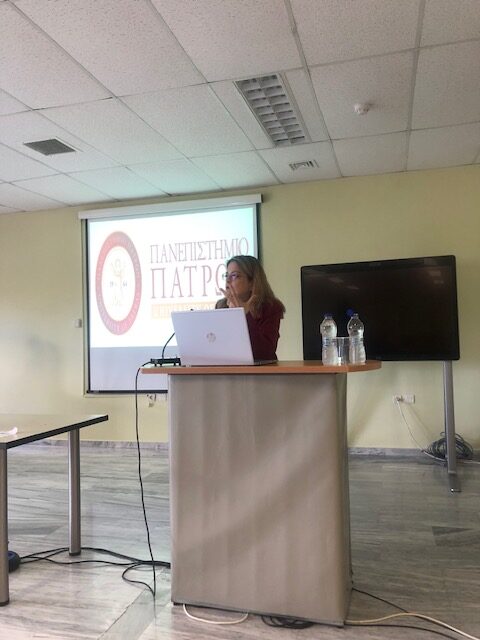
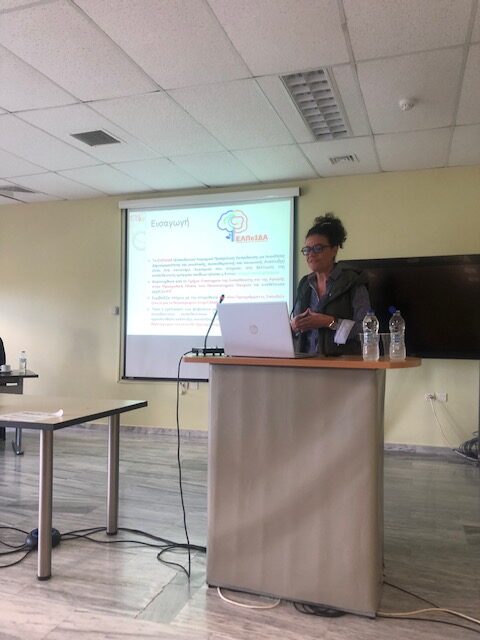
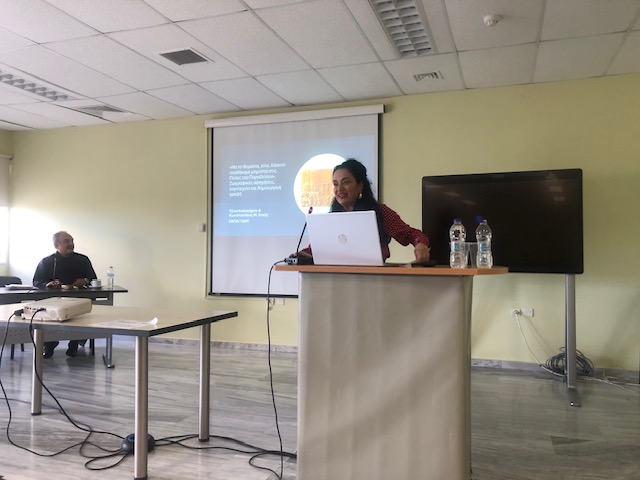
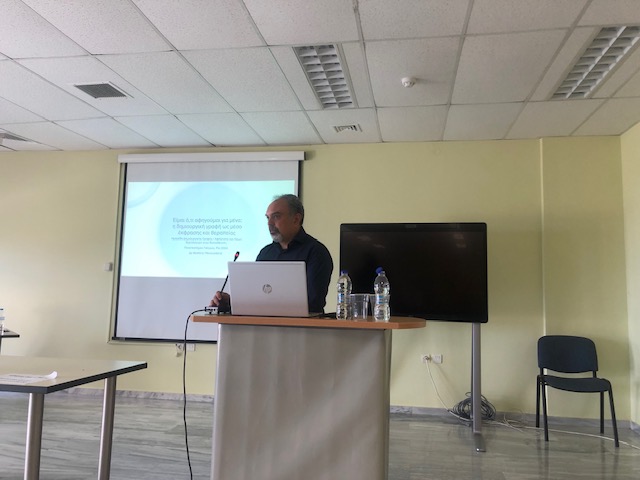
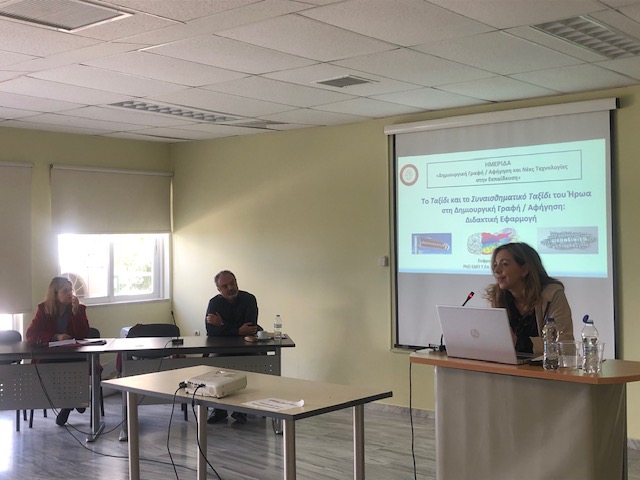
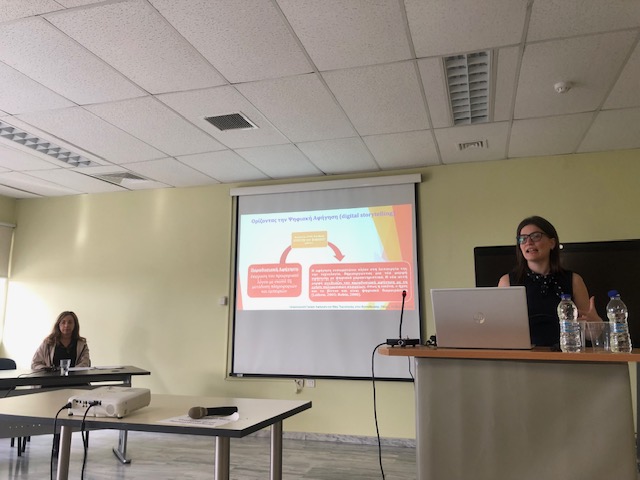
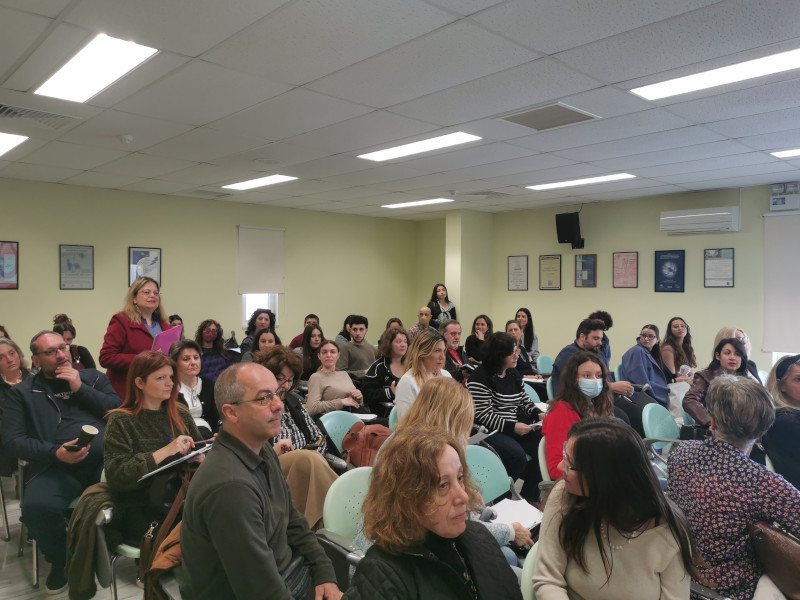
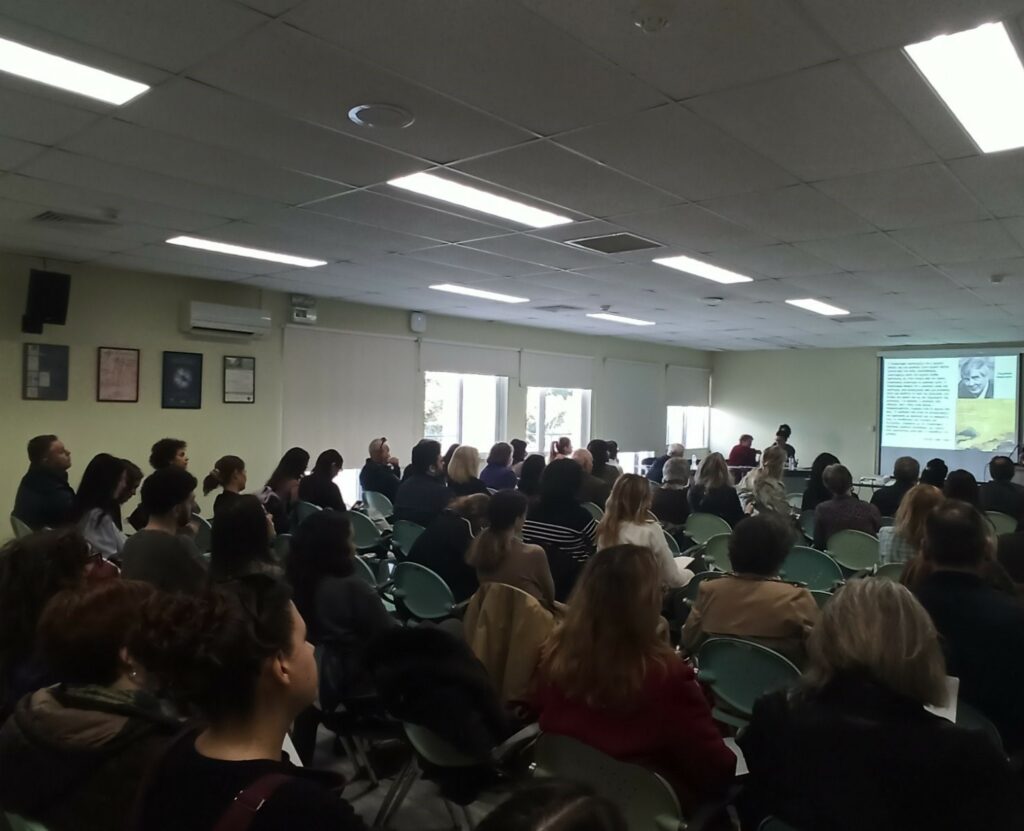
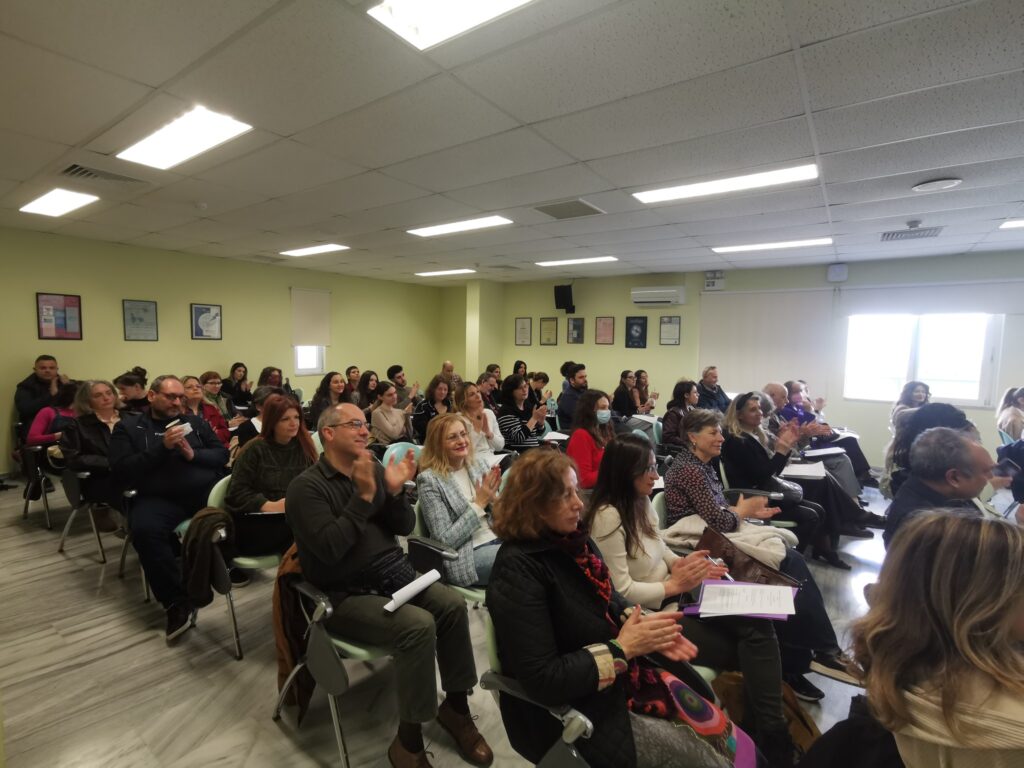
Video of the conference:
Photos of the workshop:
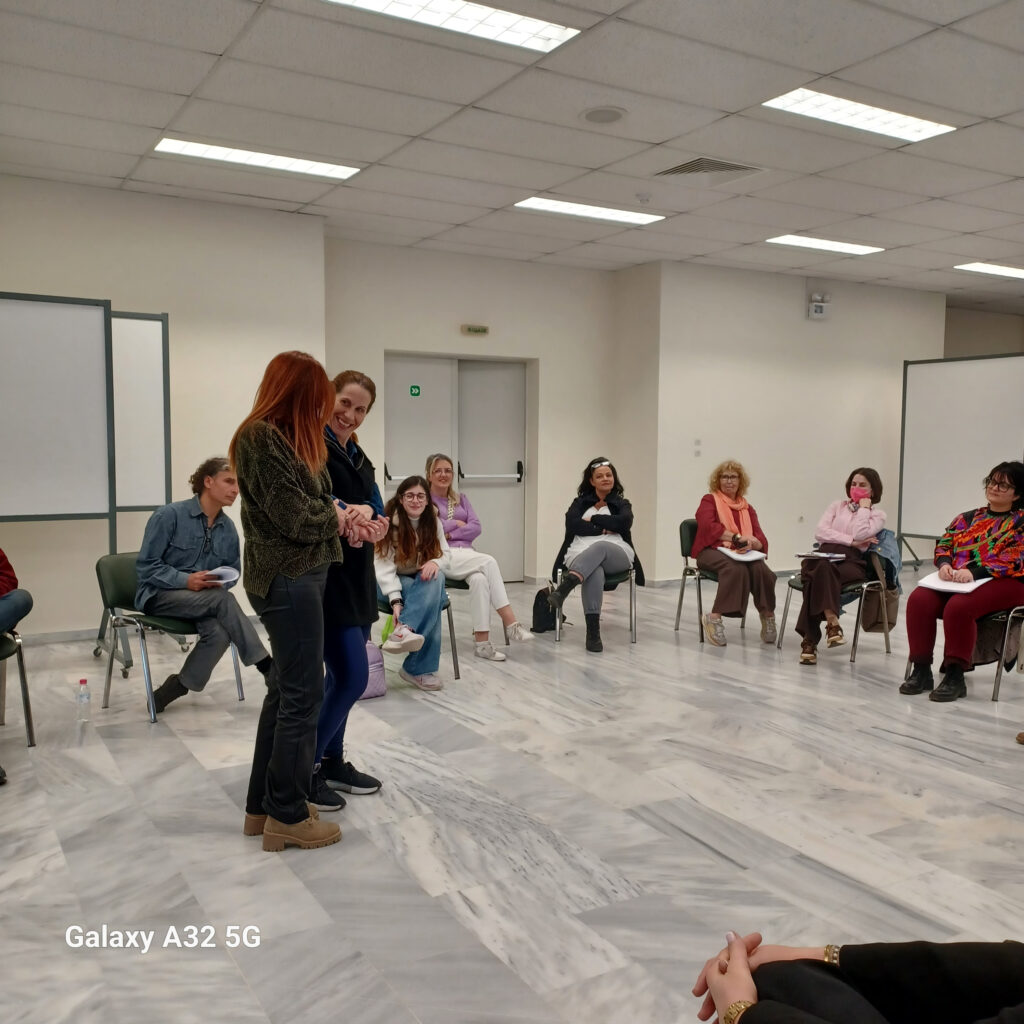
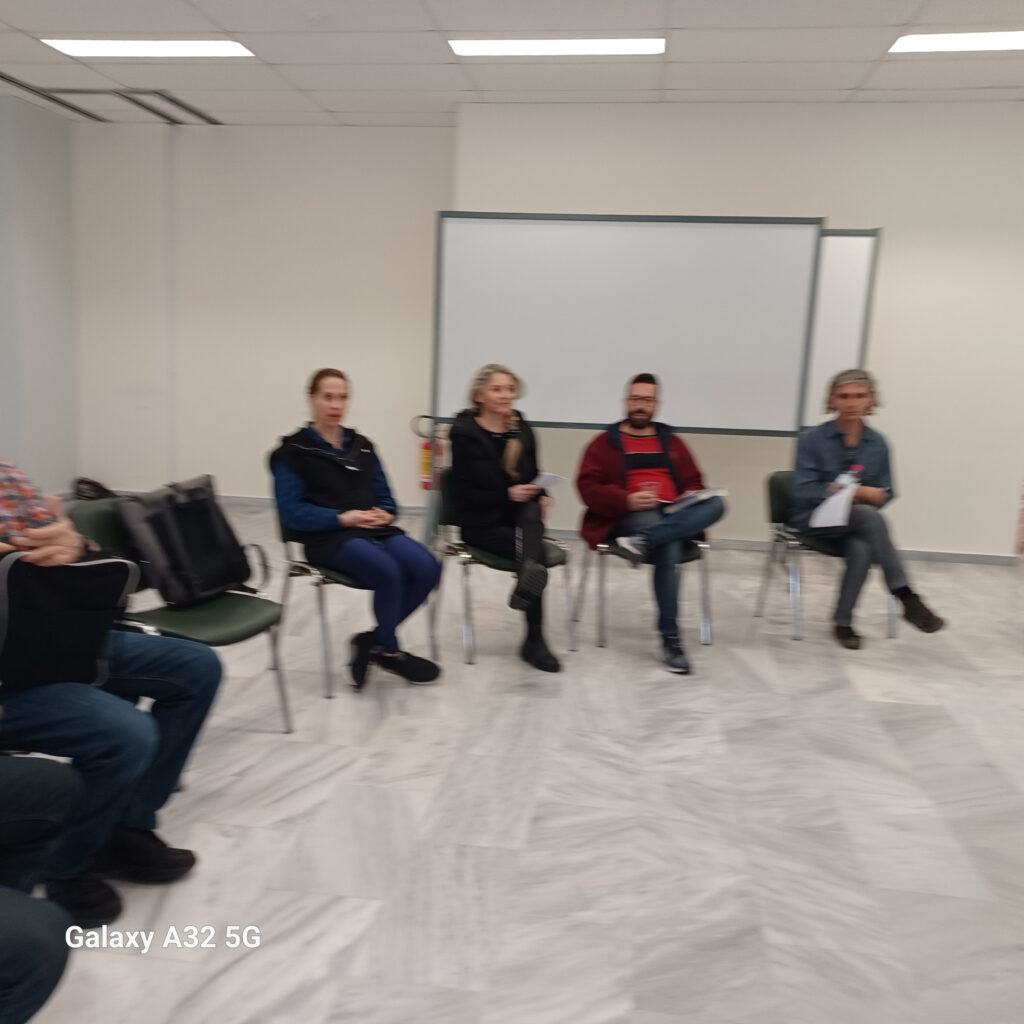
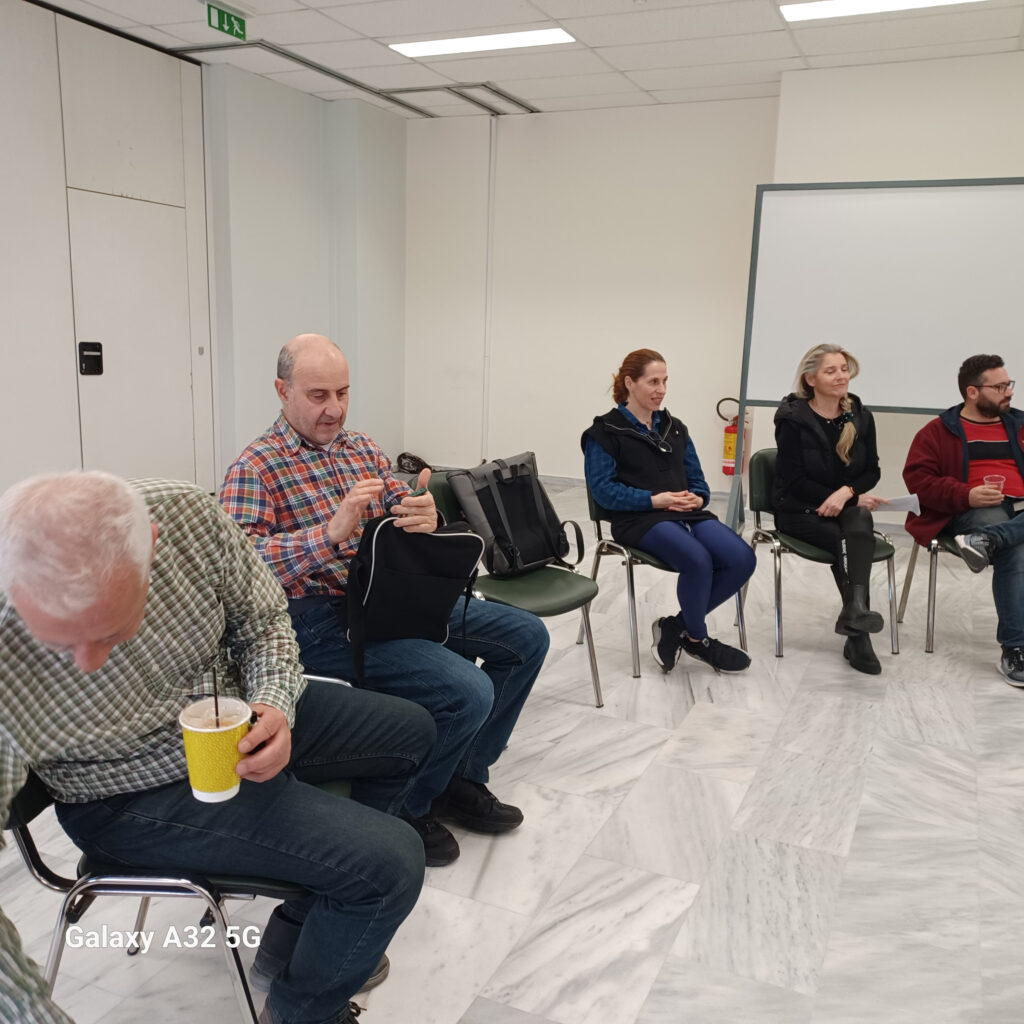
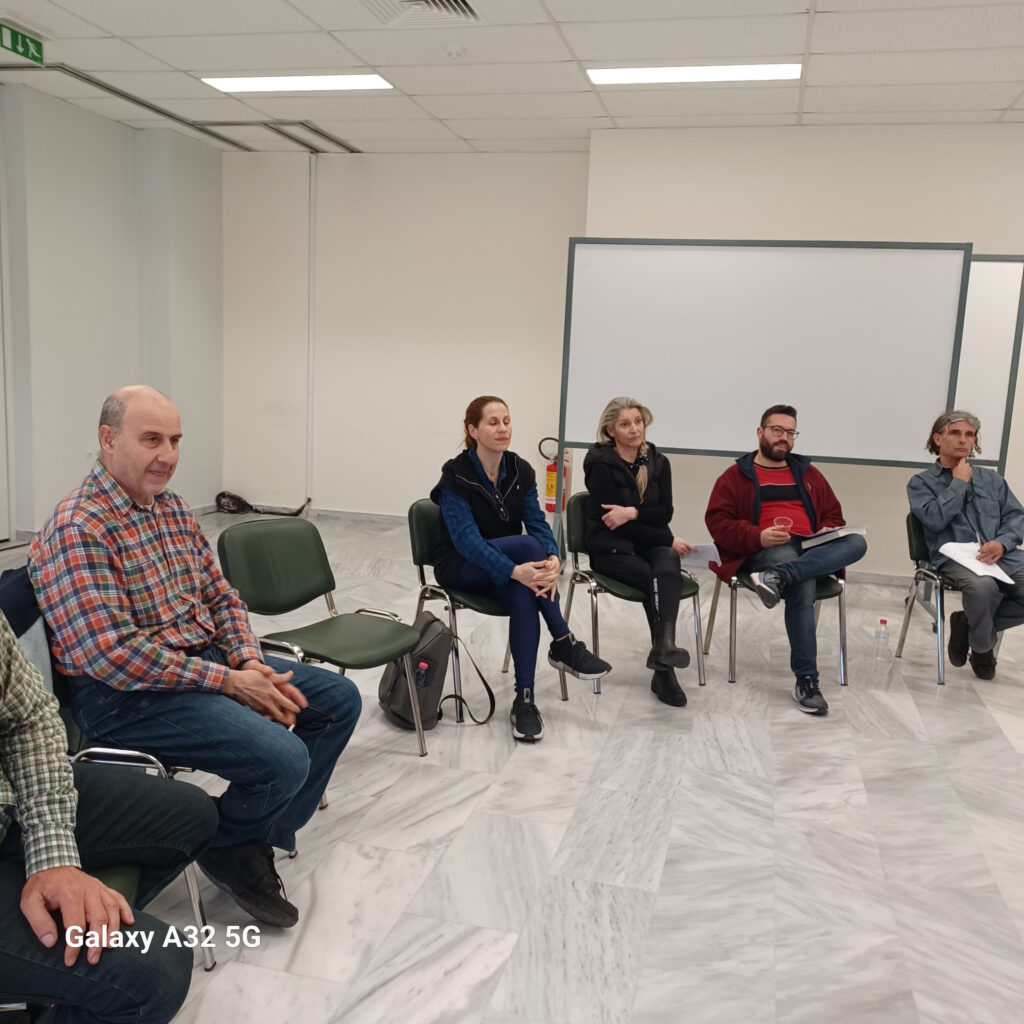
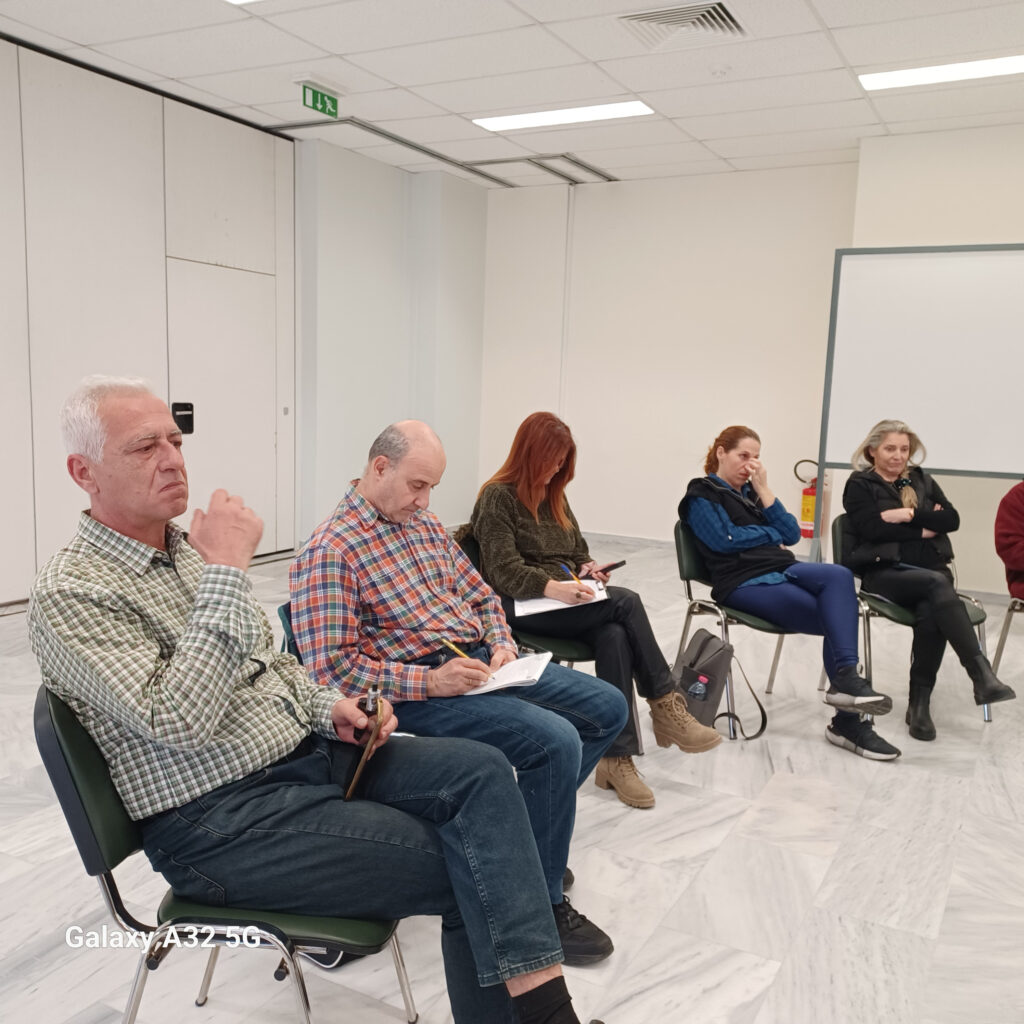
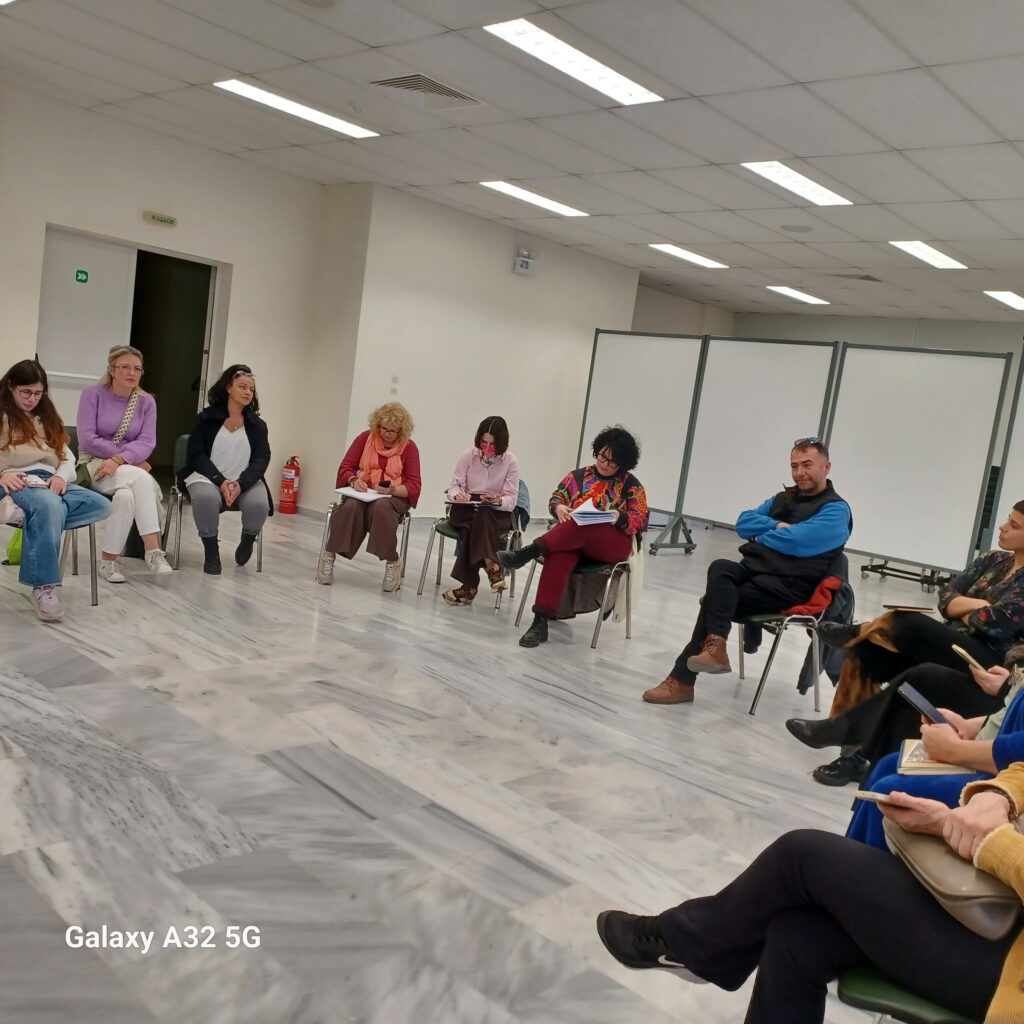
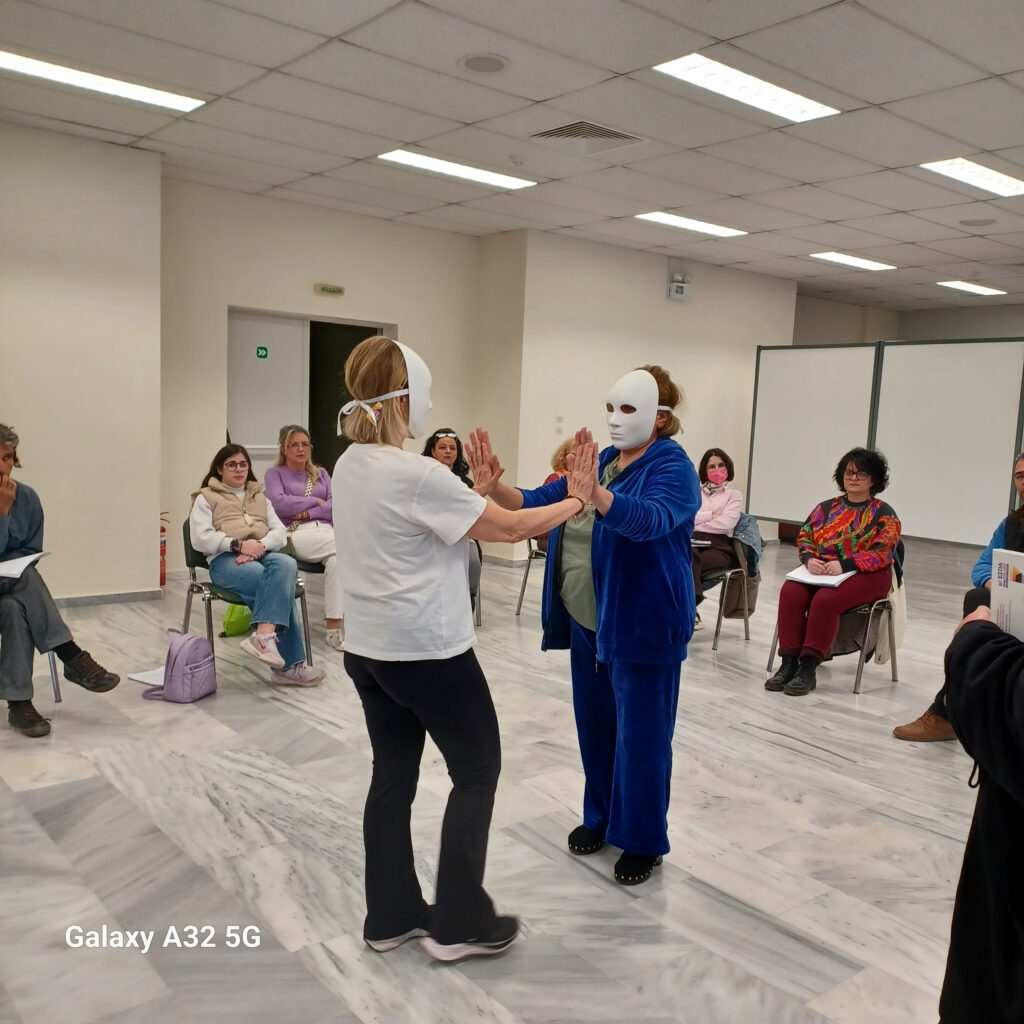
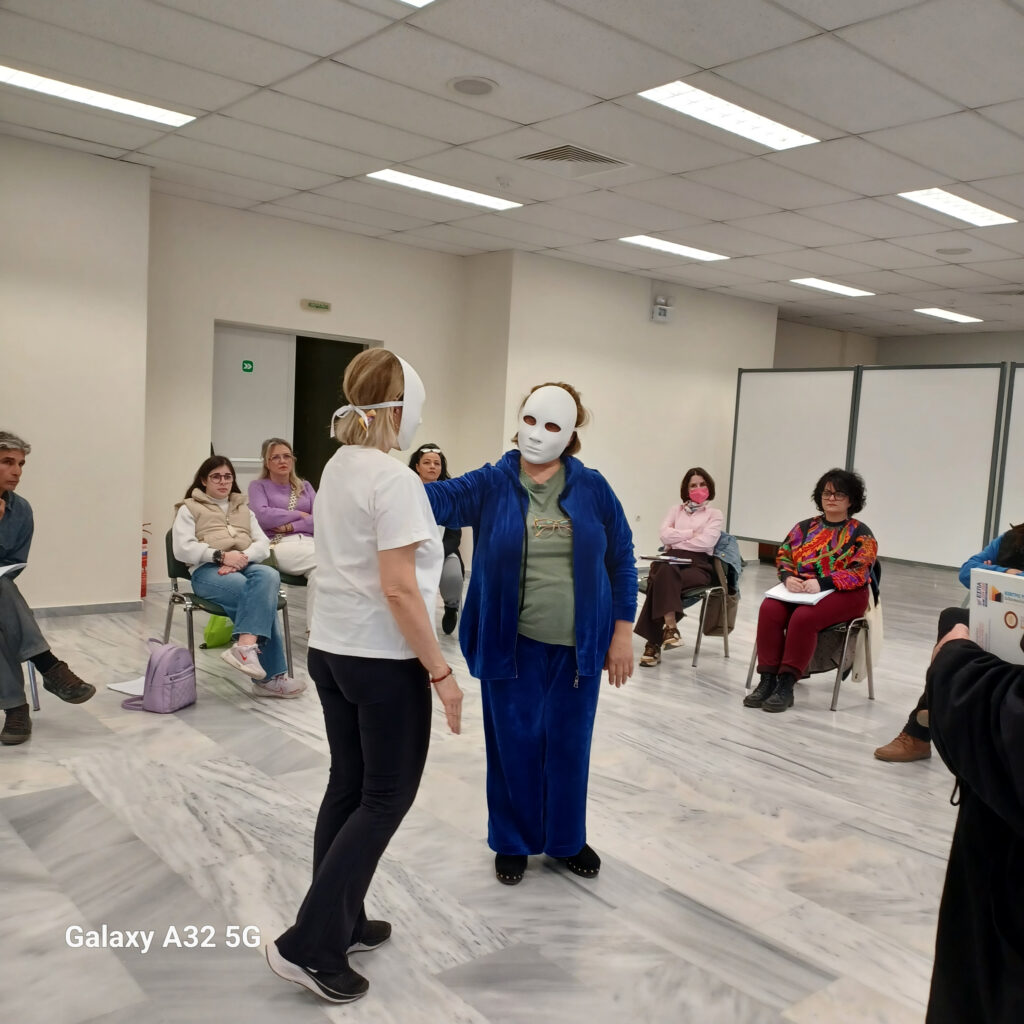
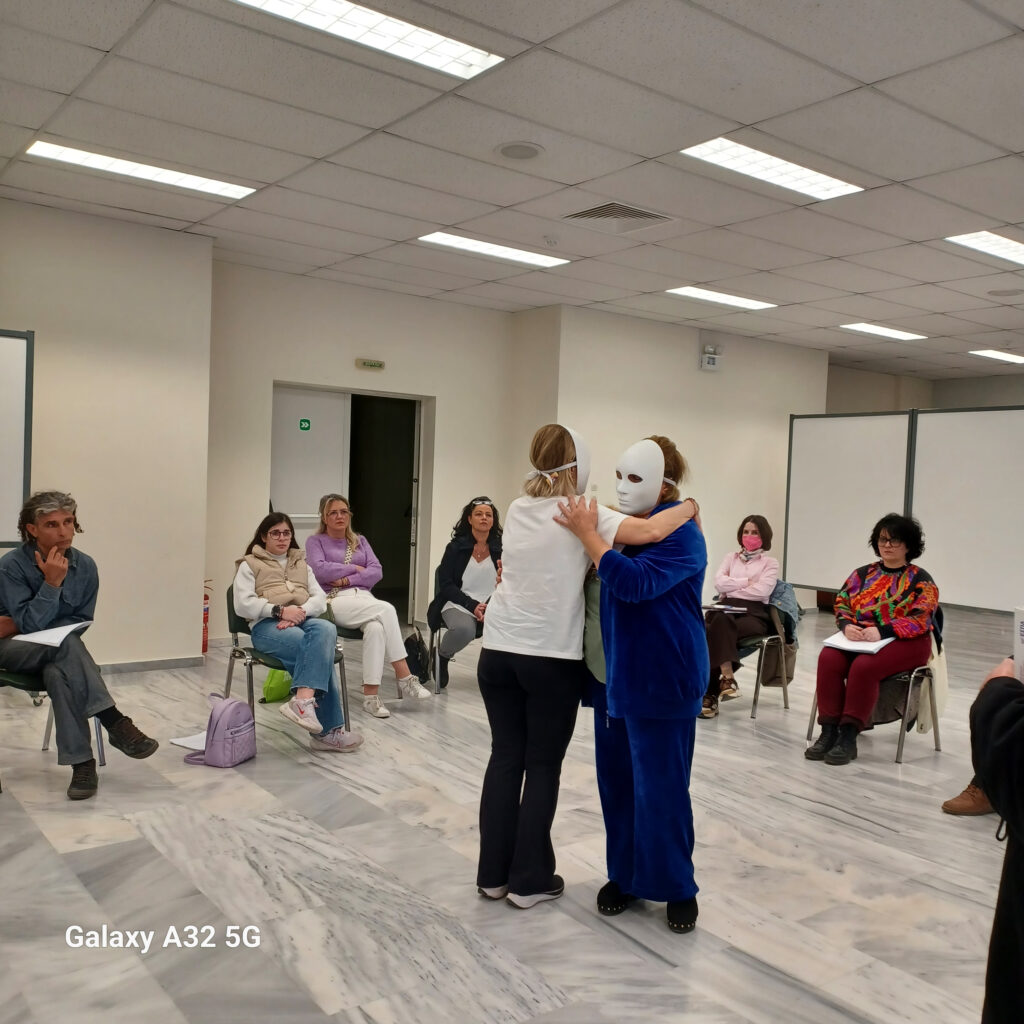
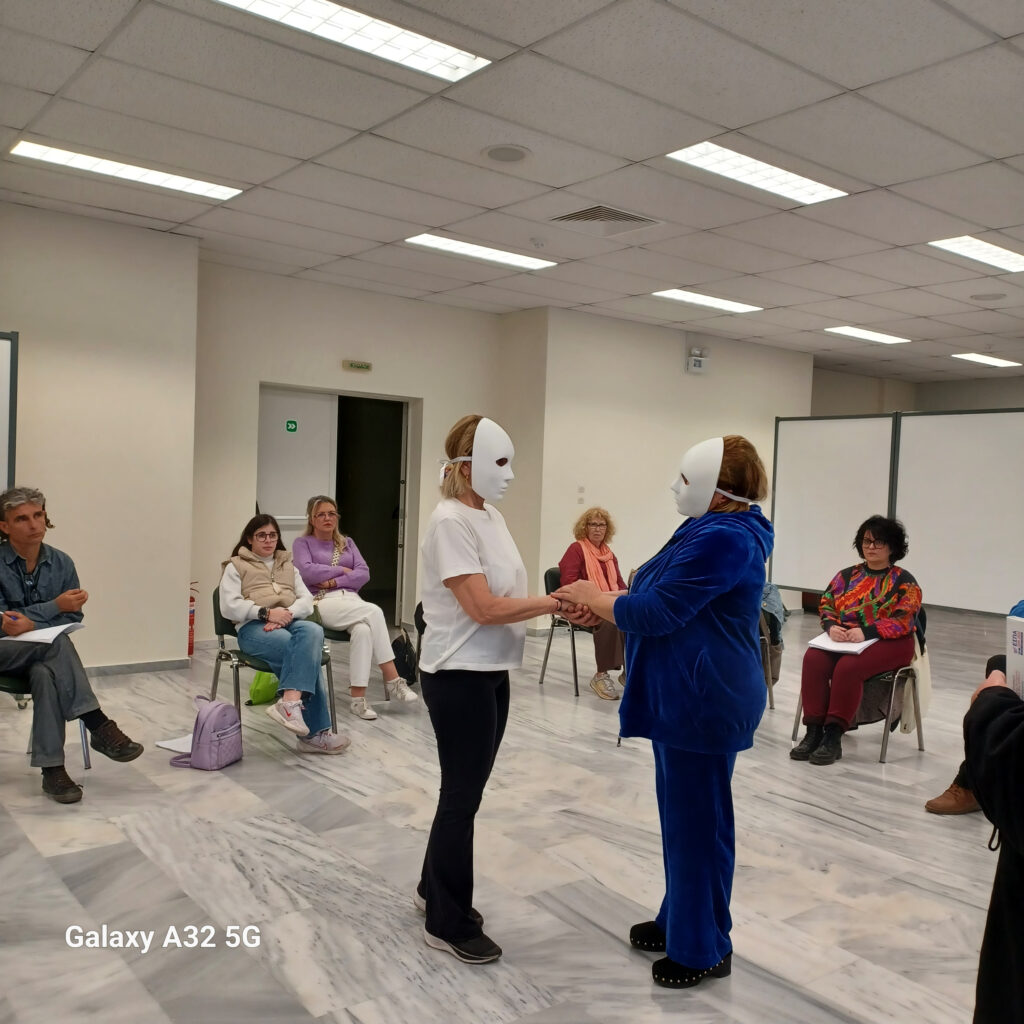
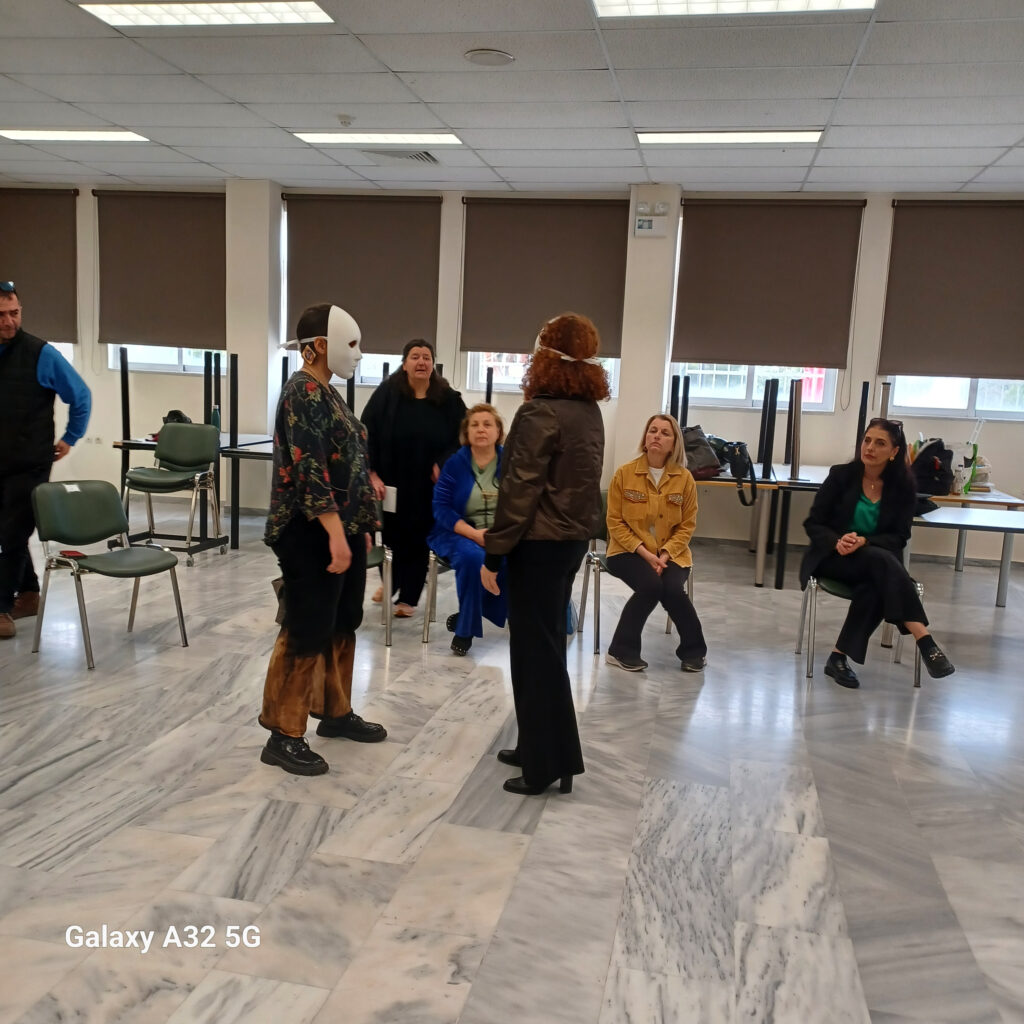
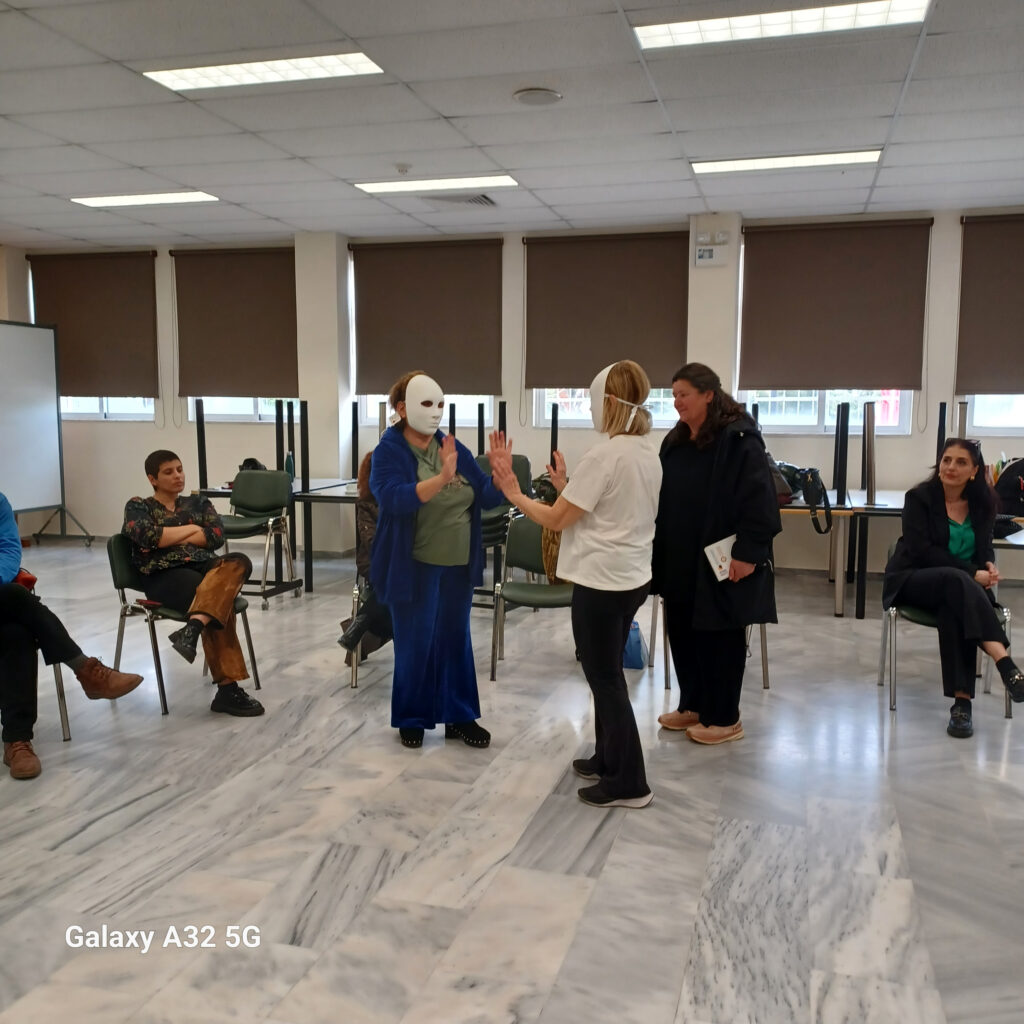
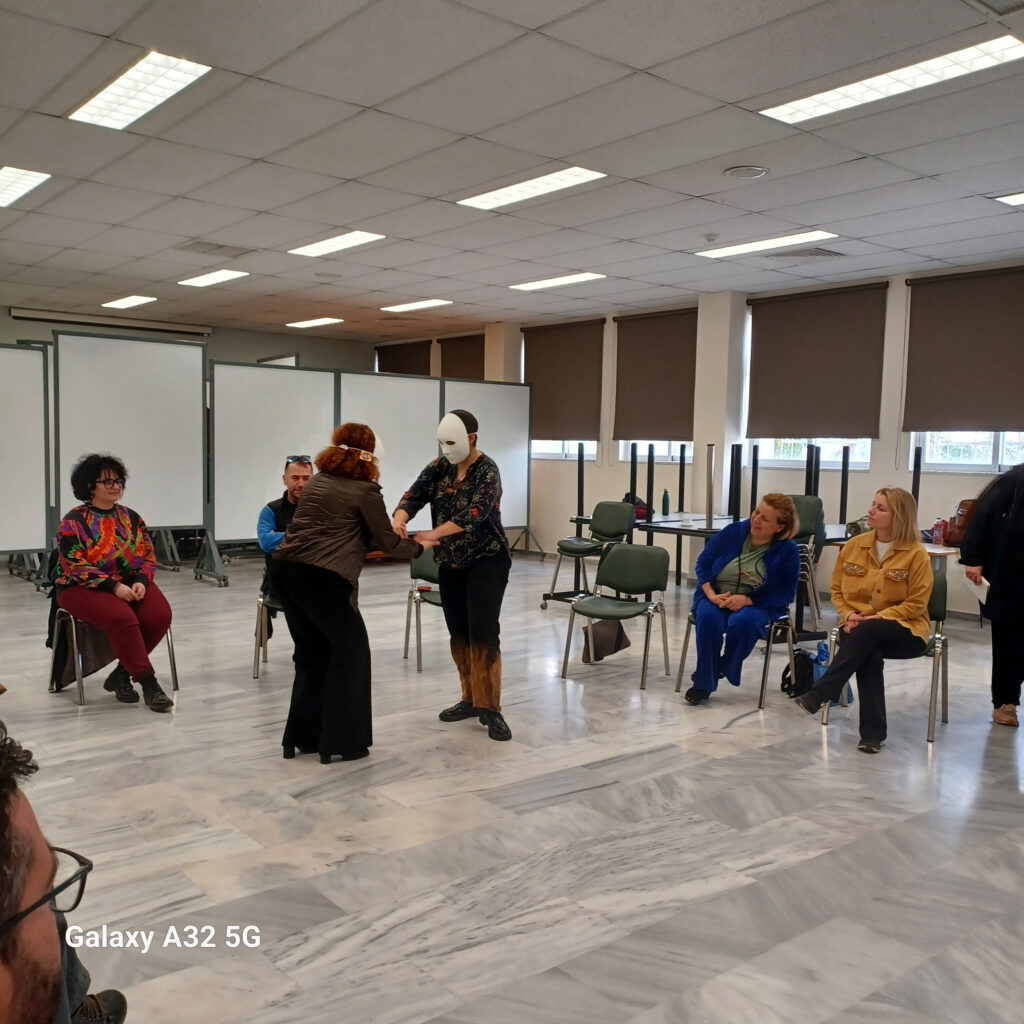
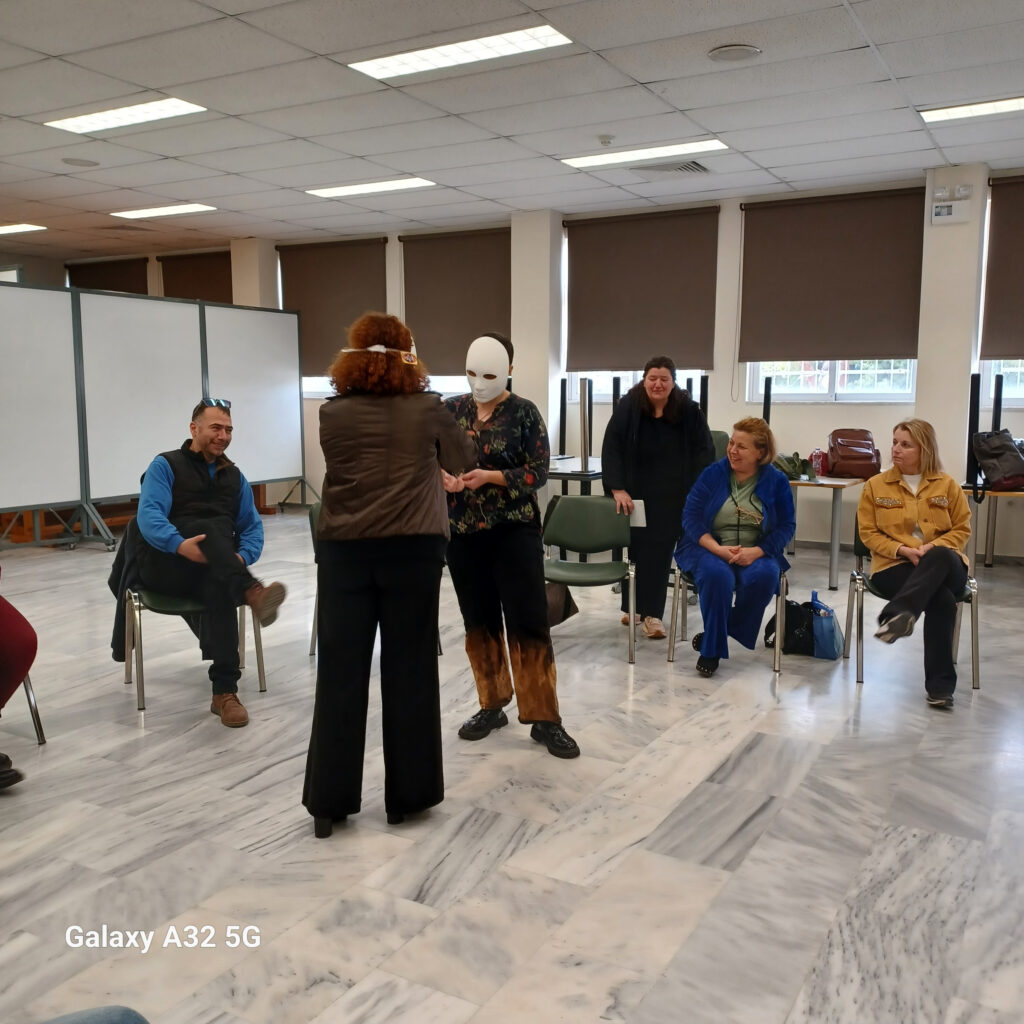
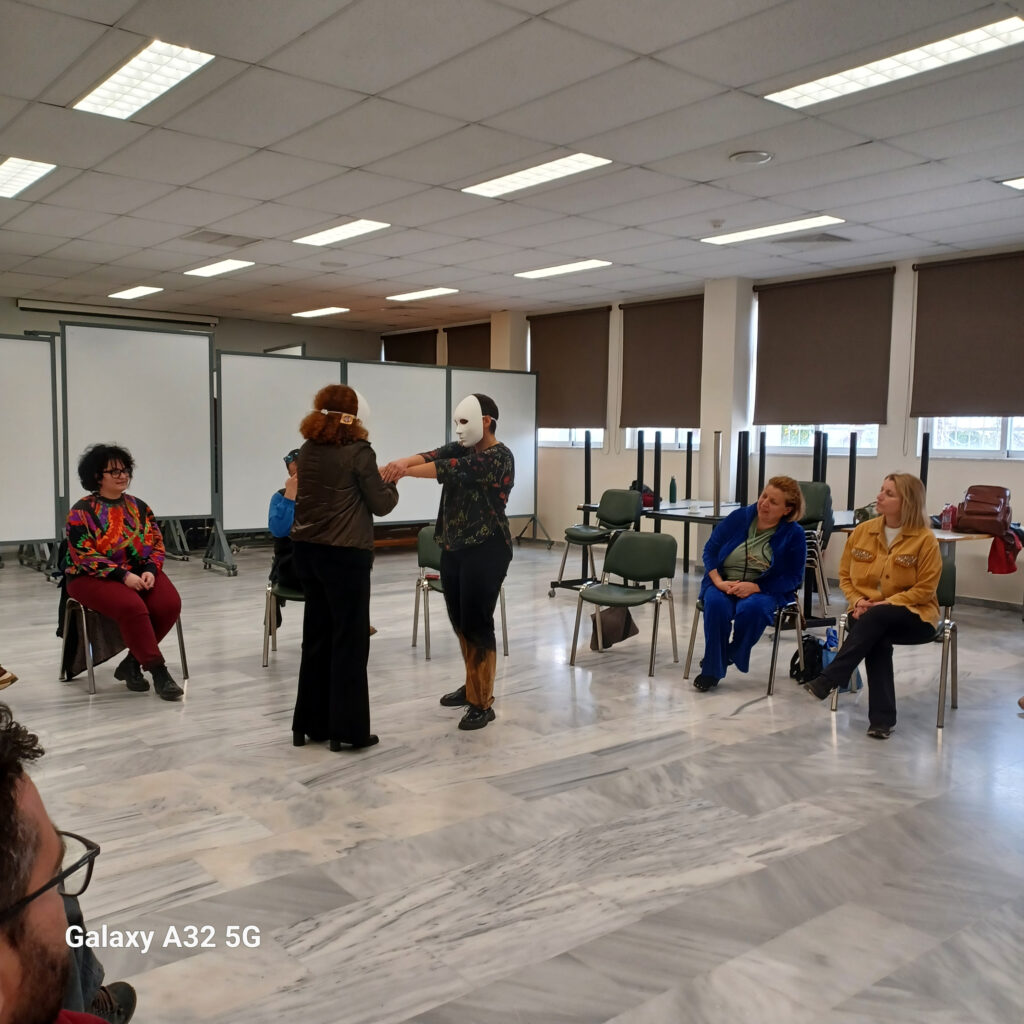
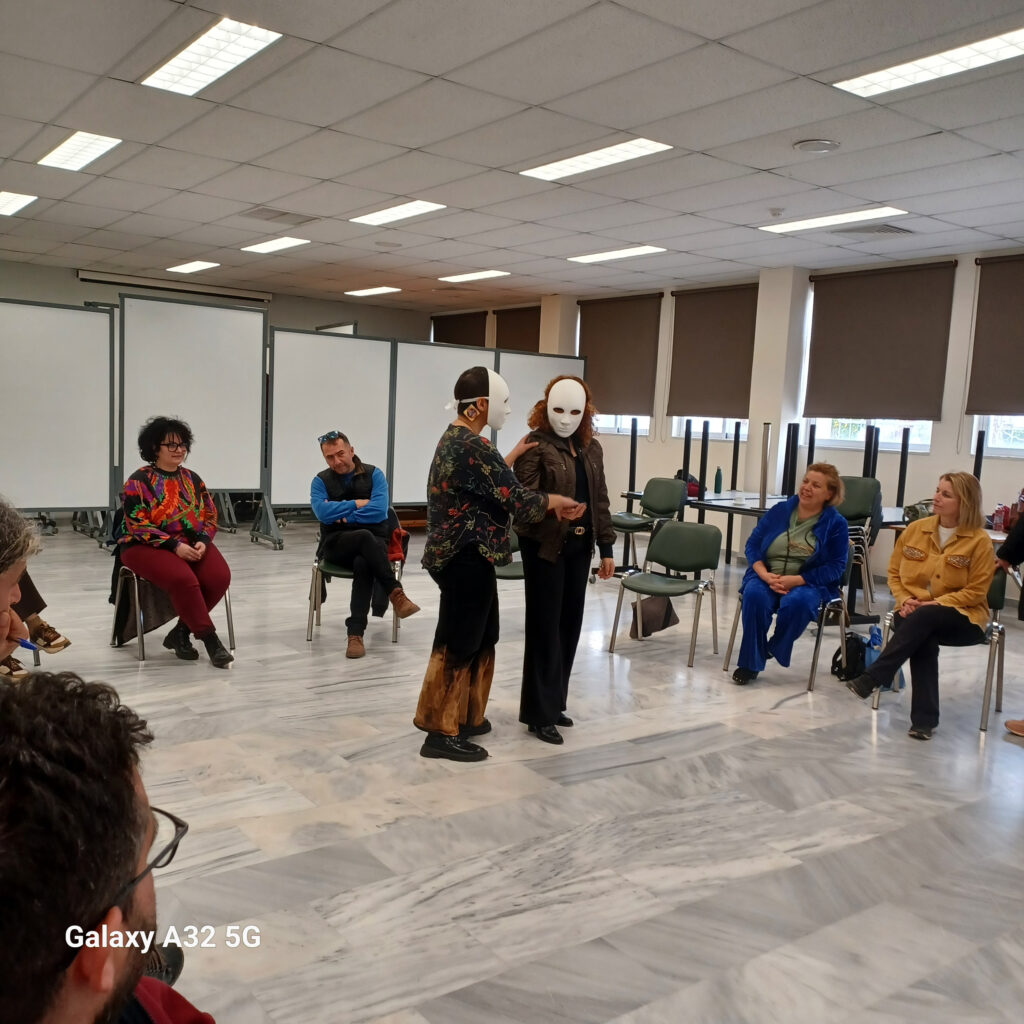
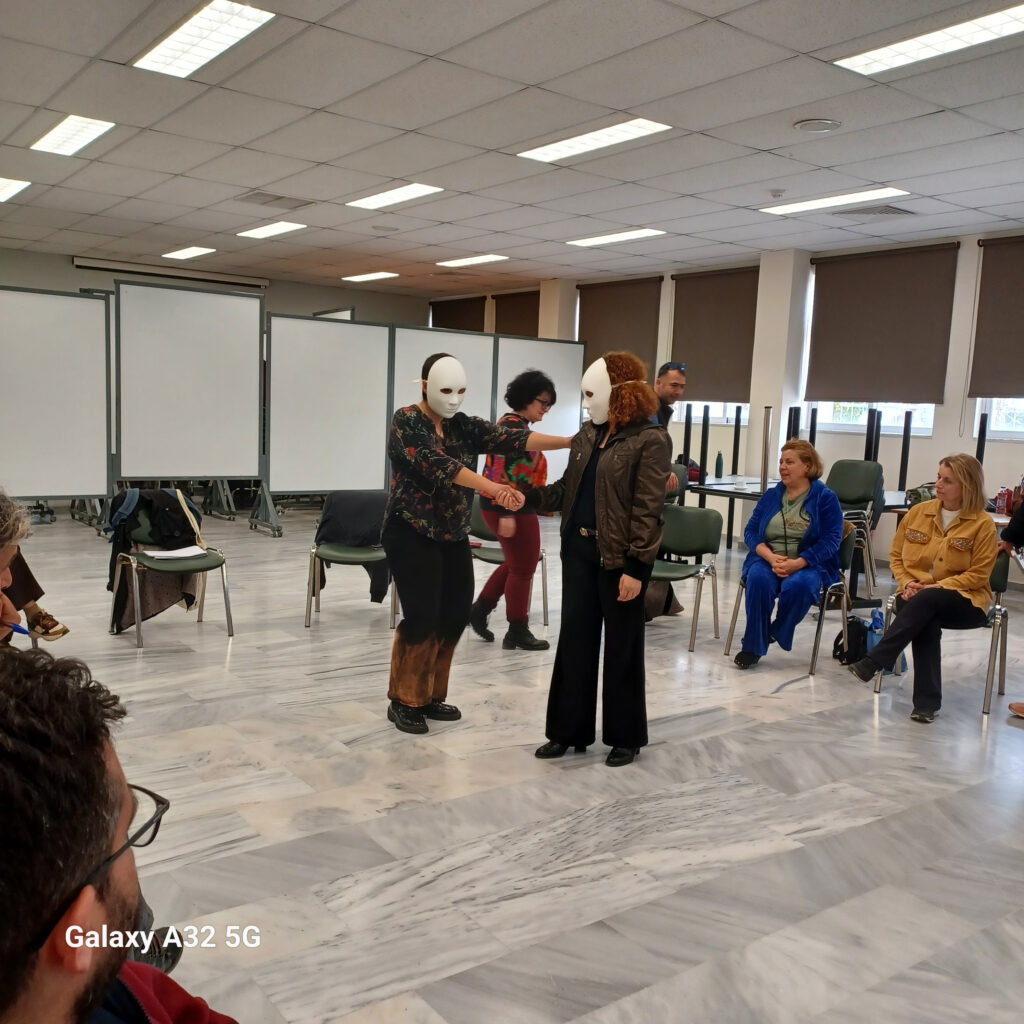
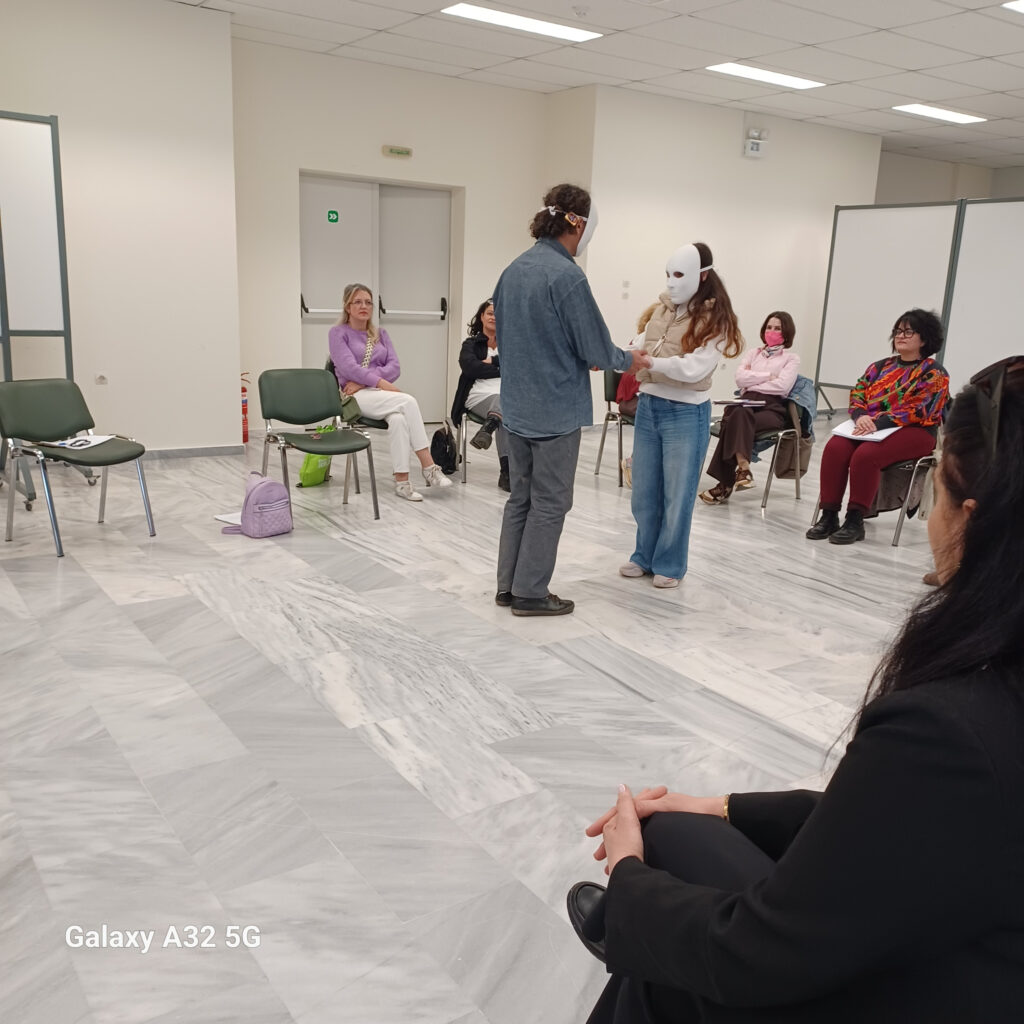
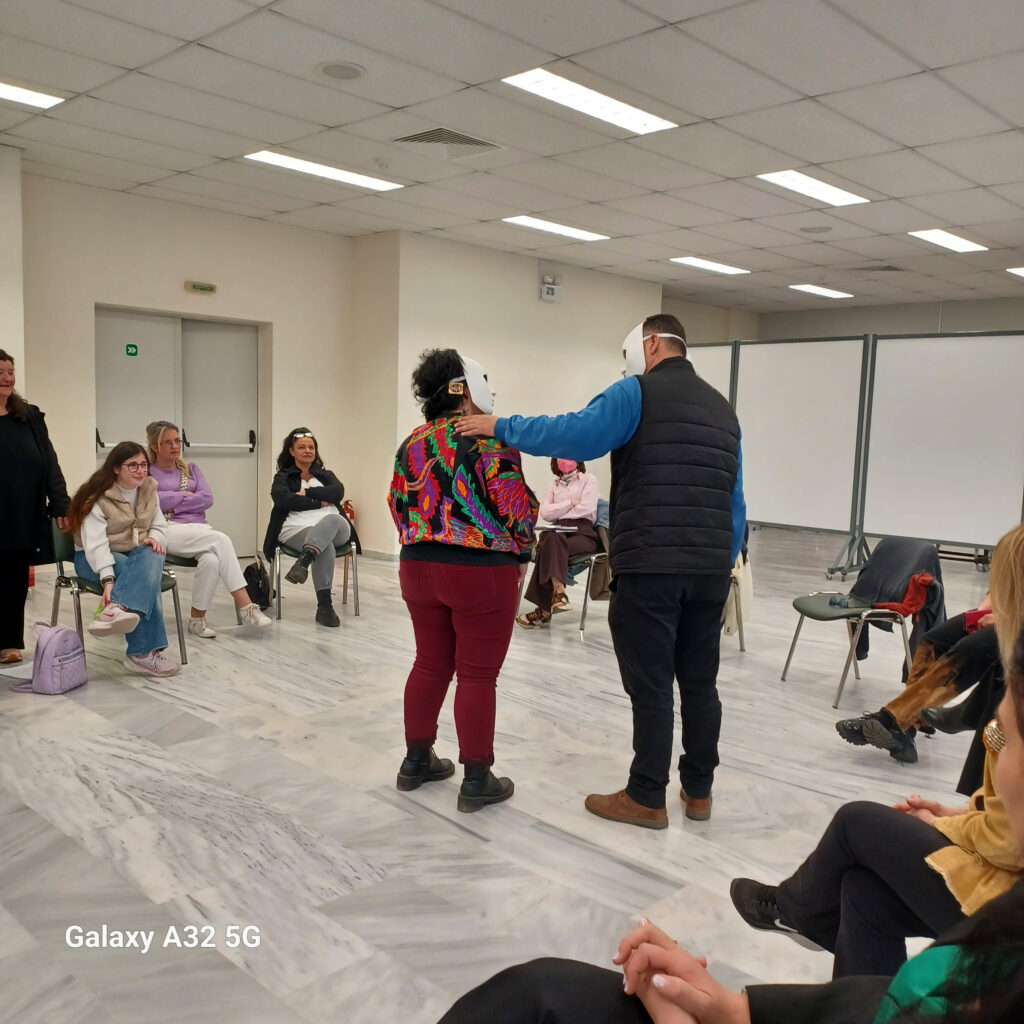

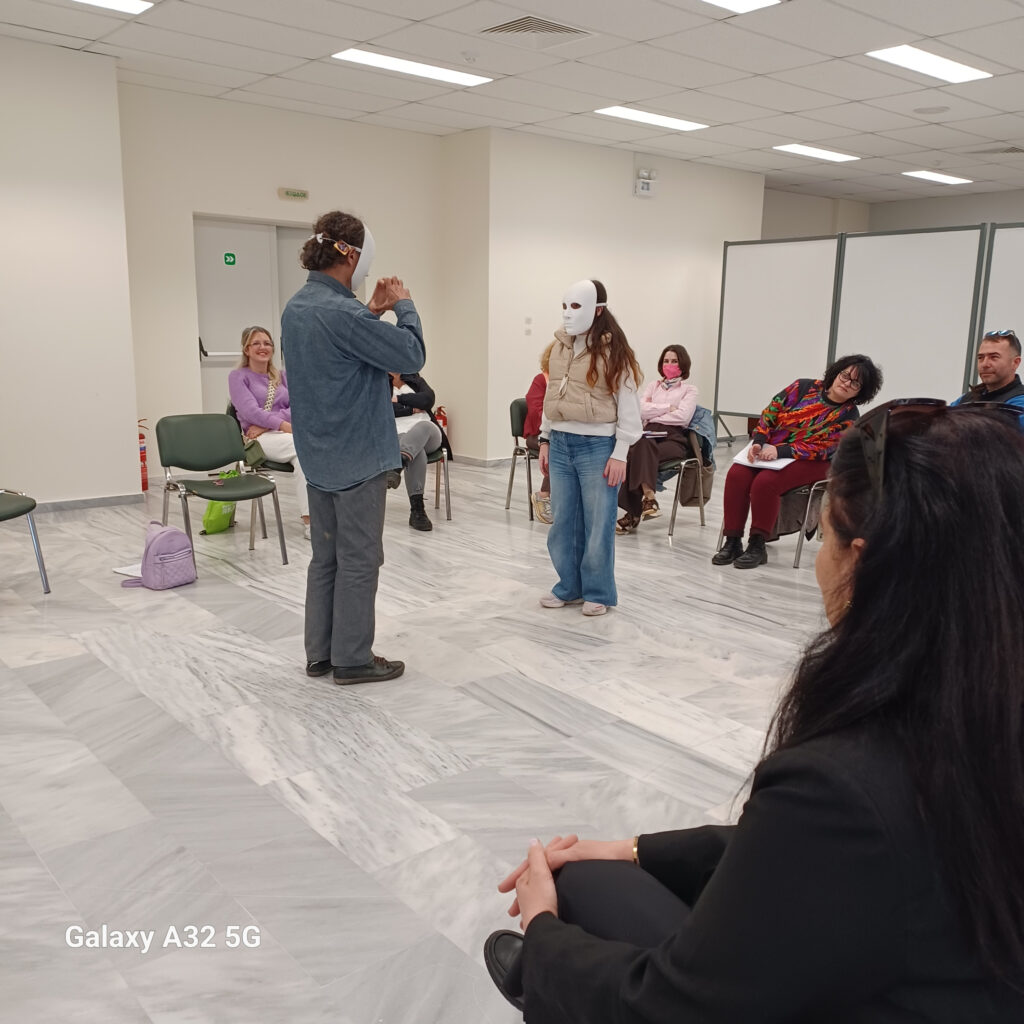
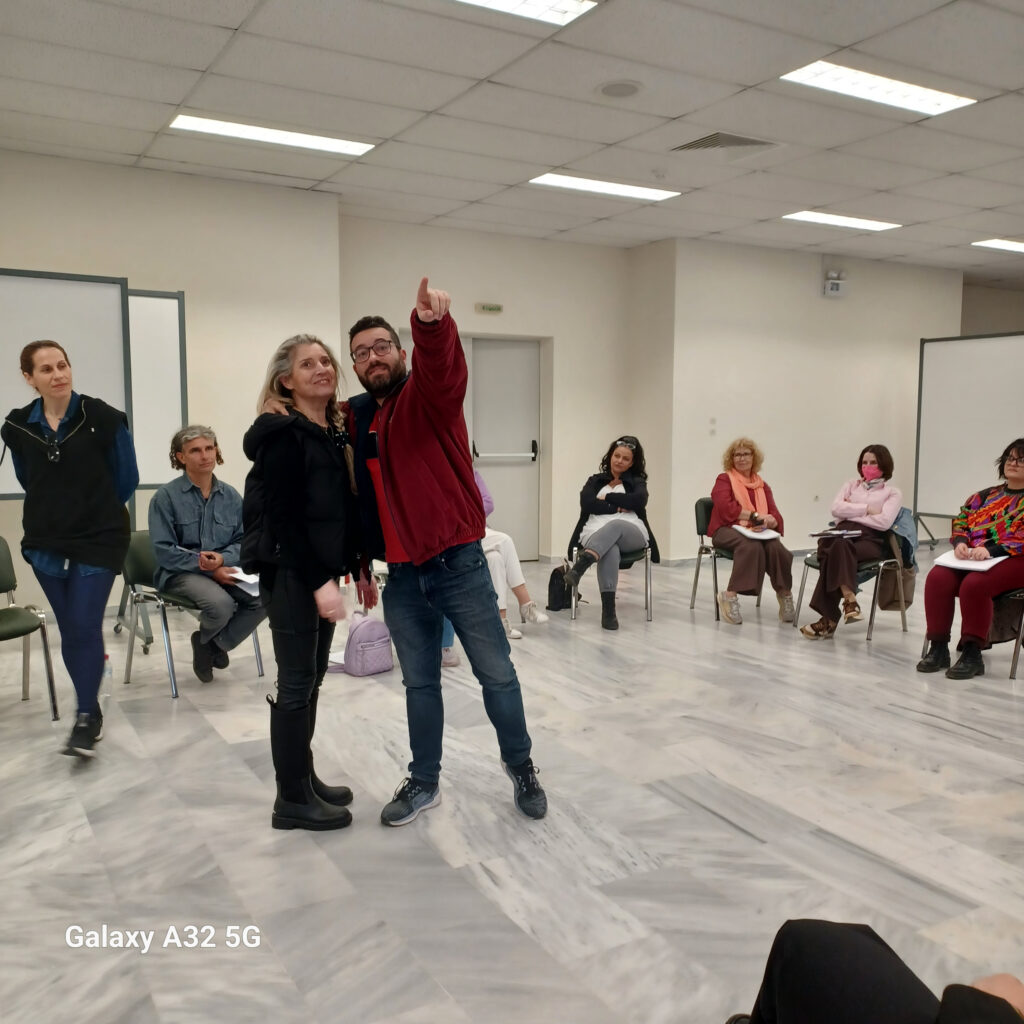
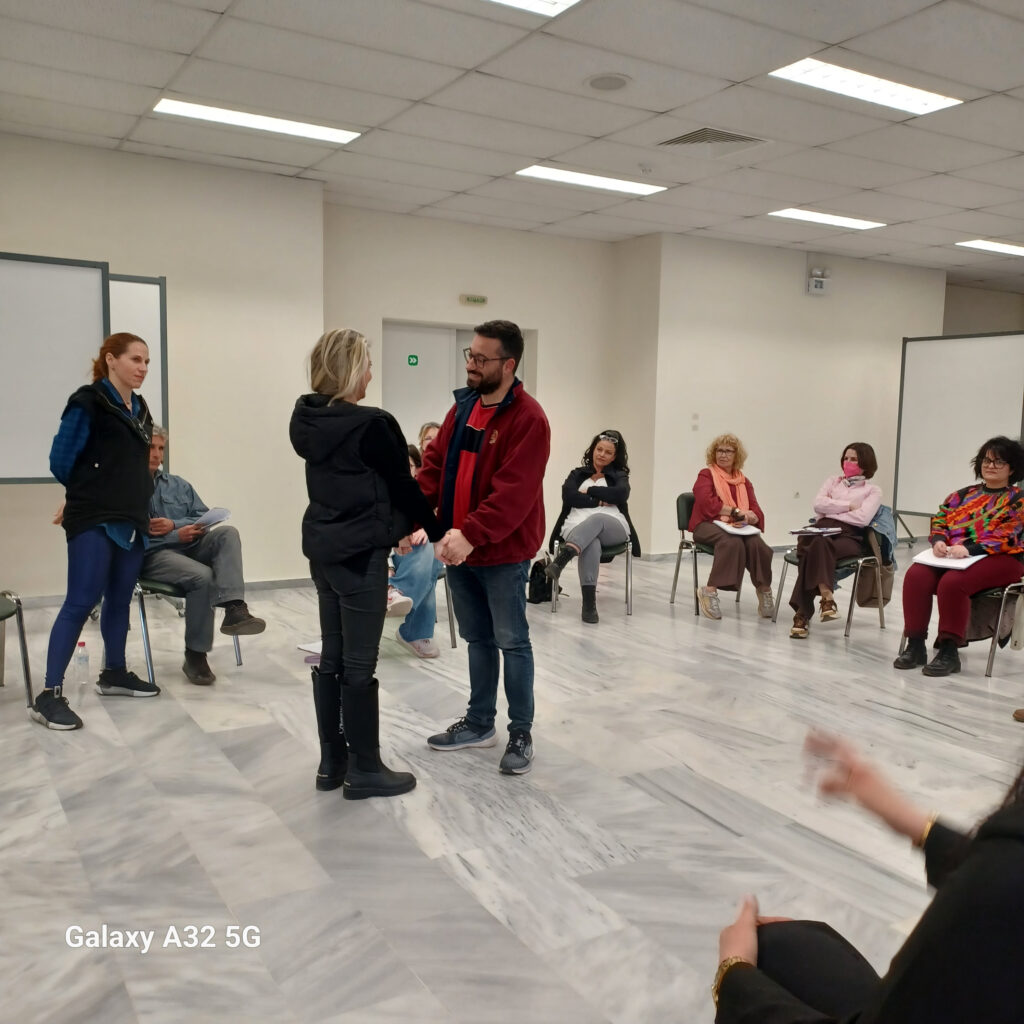
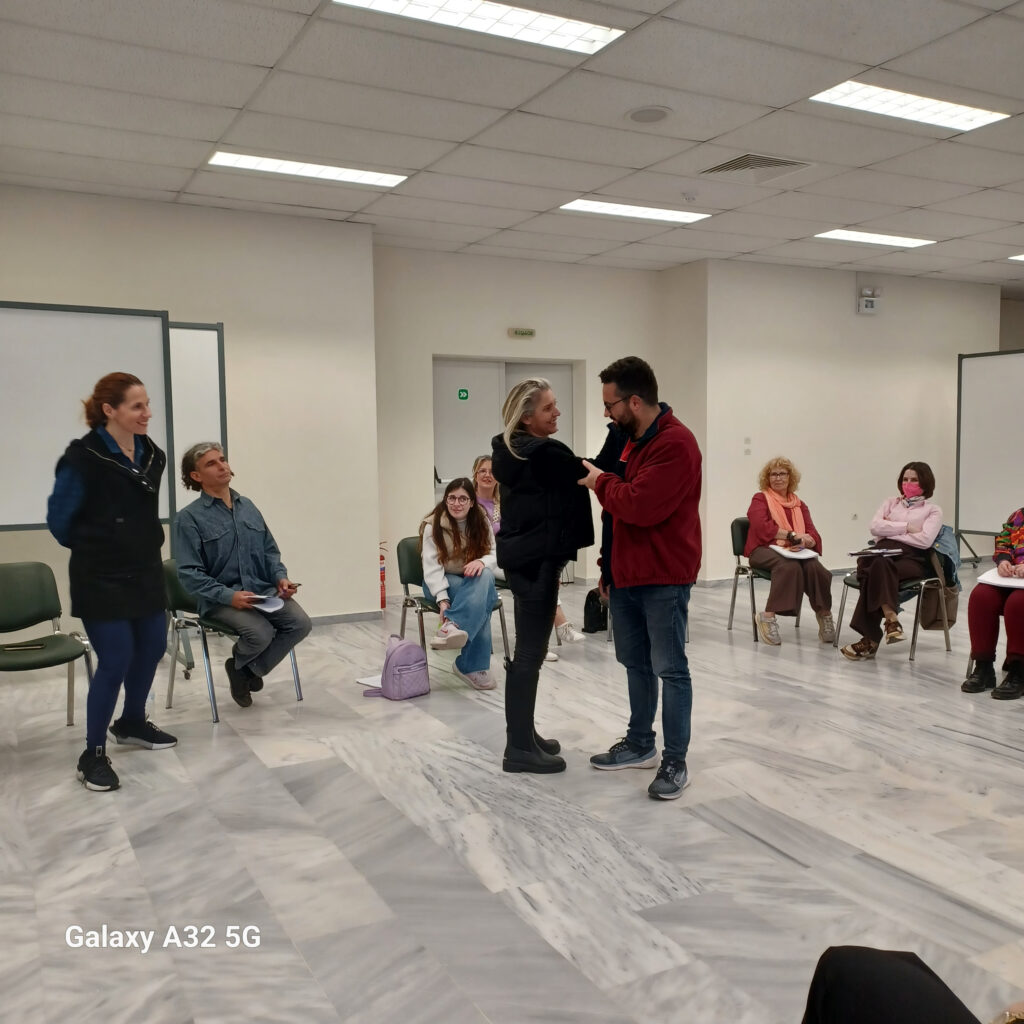
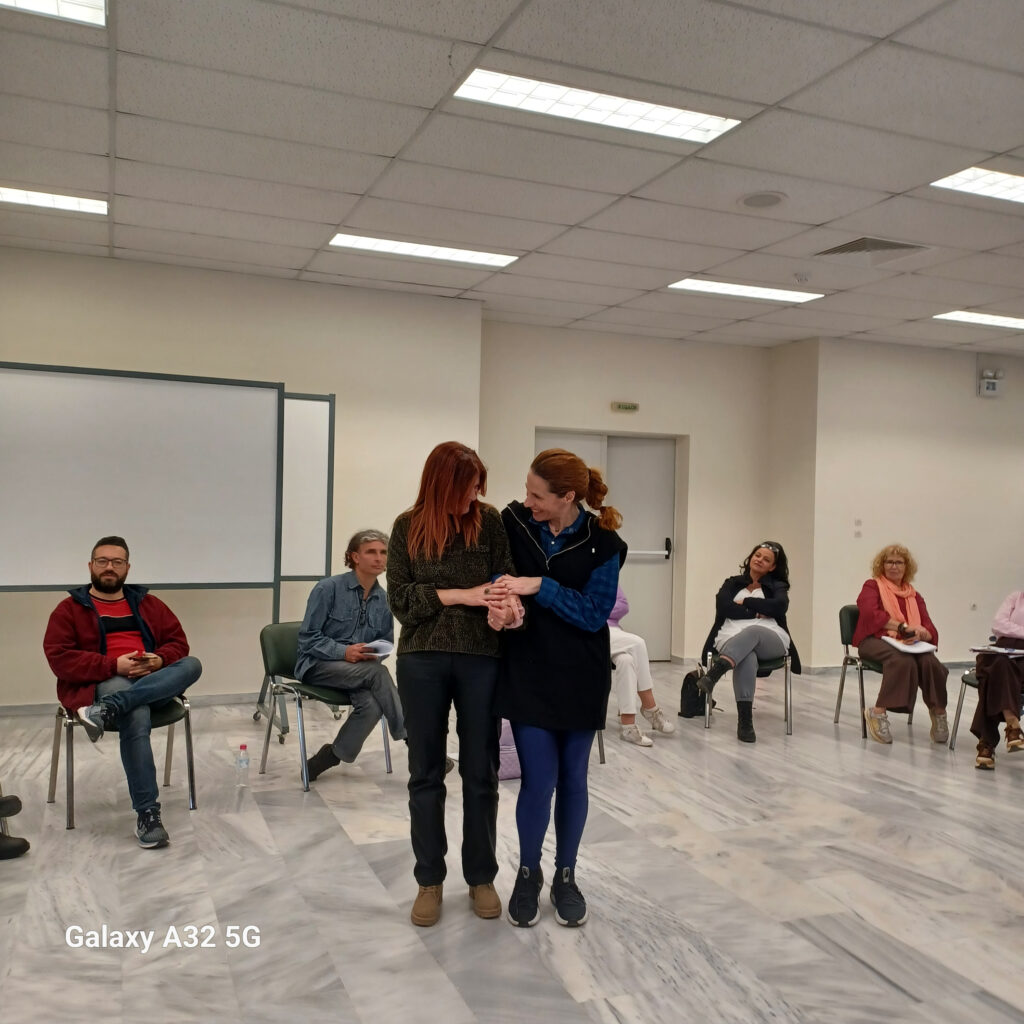
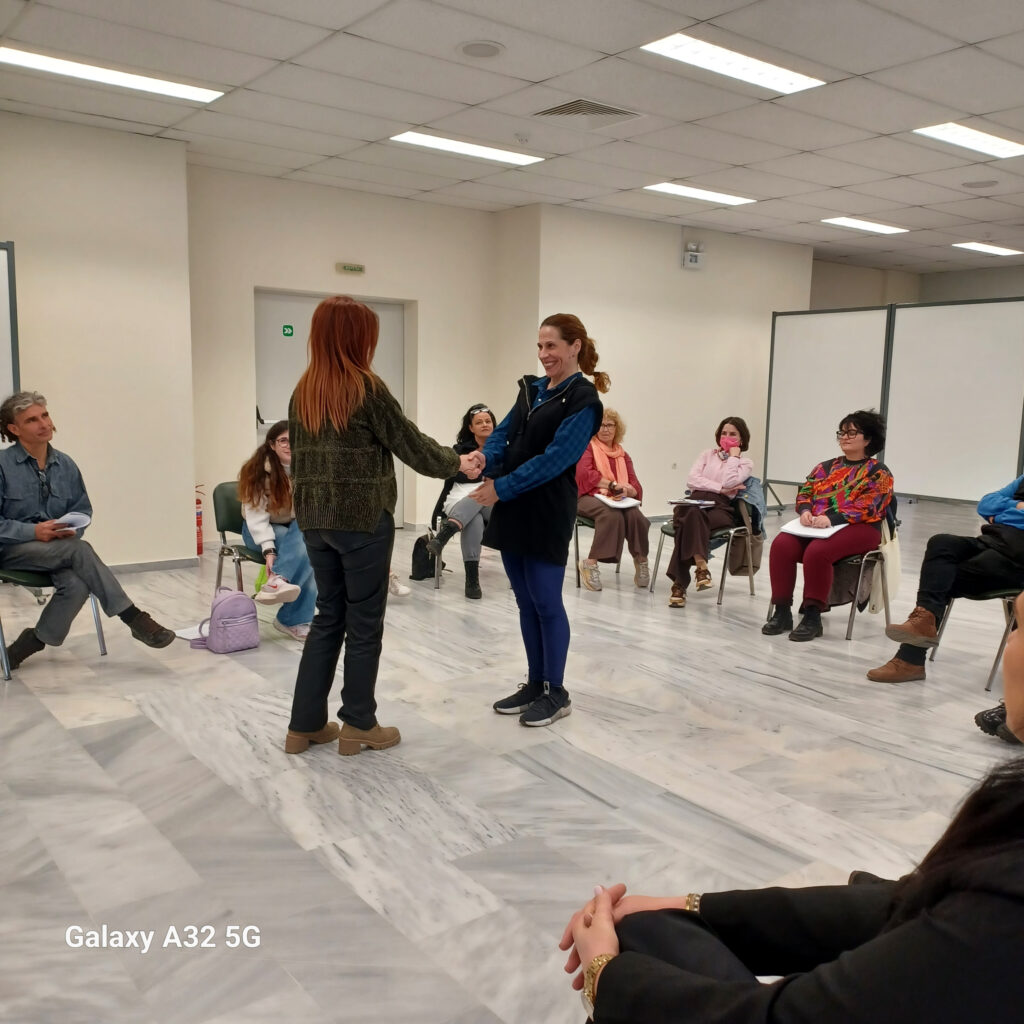
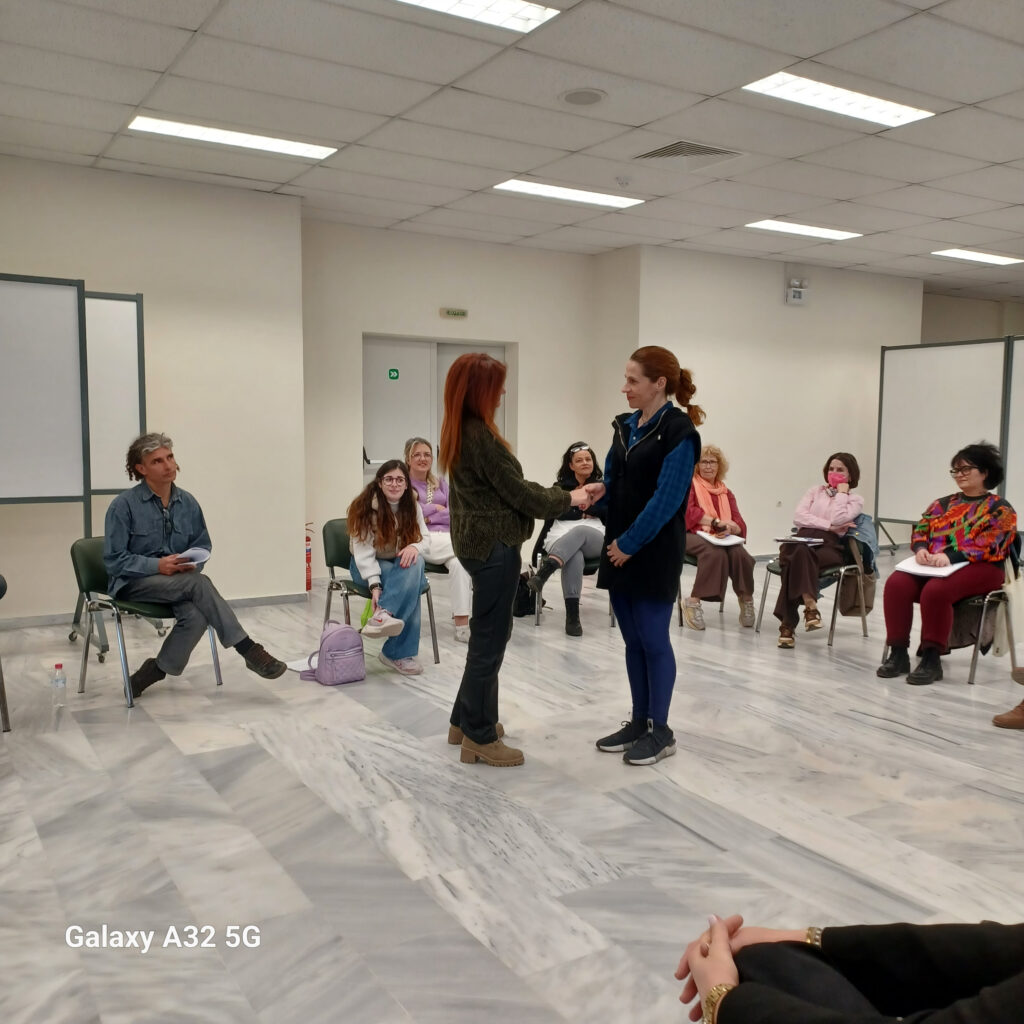
Video fromthe workshop:
